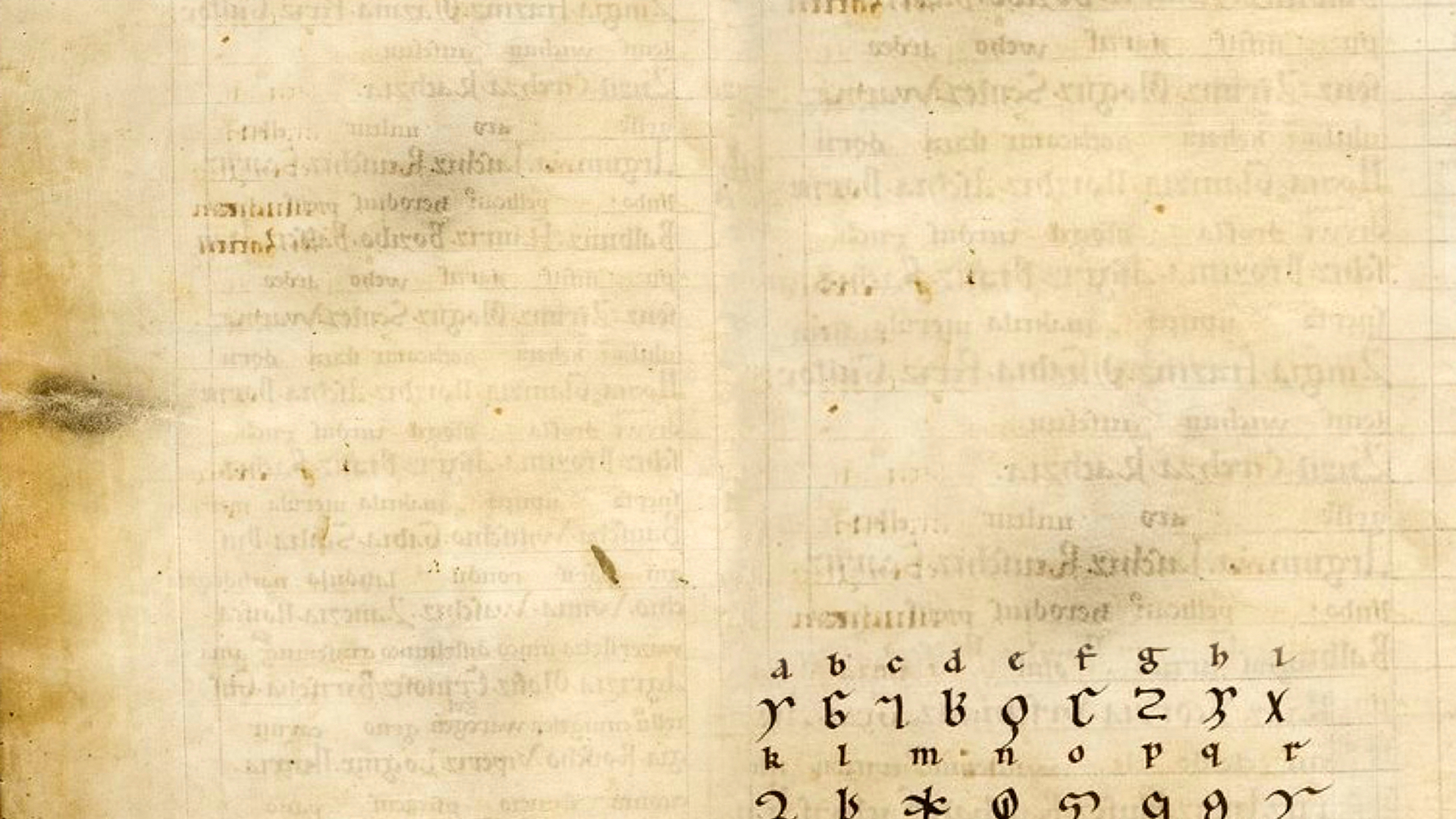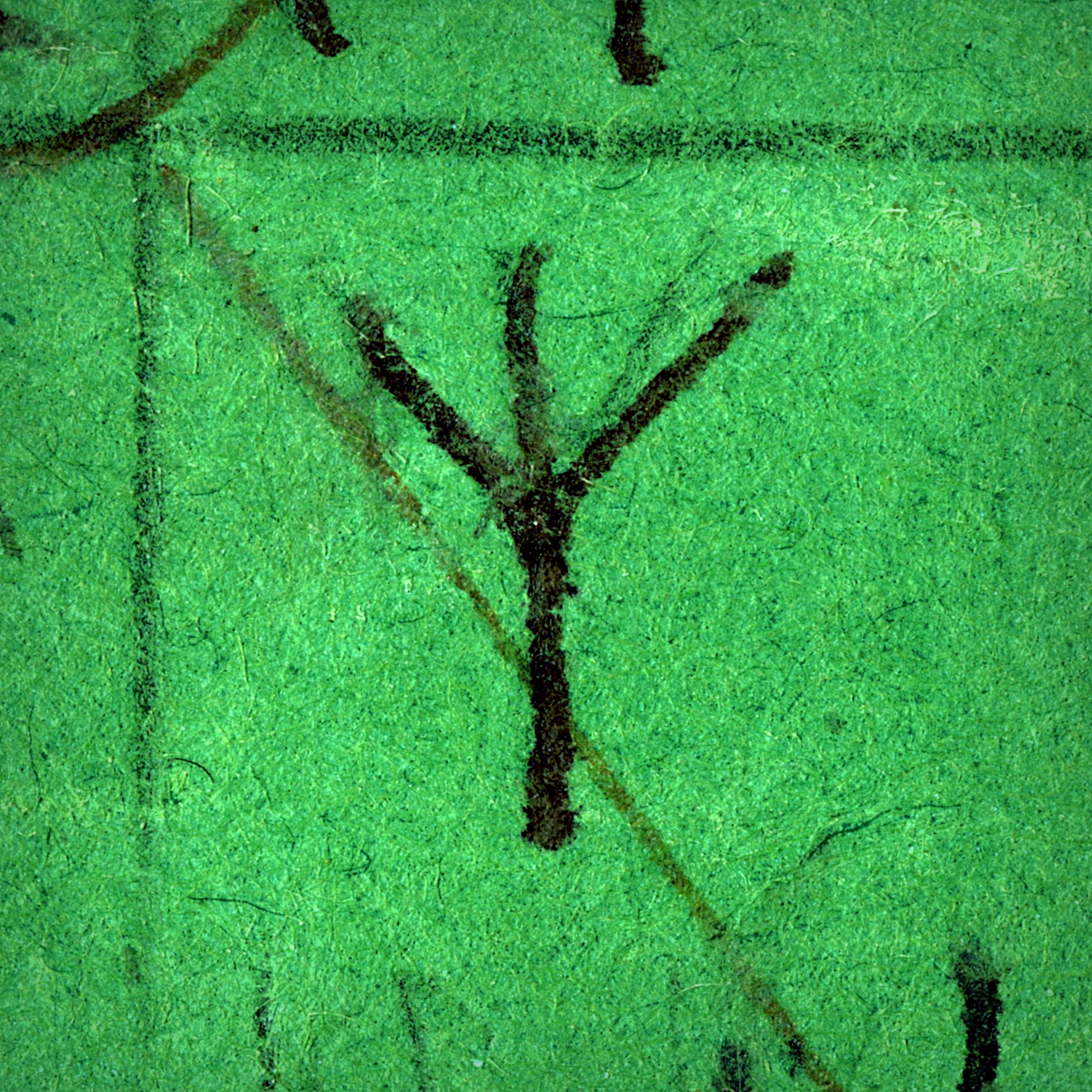 Solve for X. X = a stand in for consonant clusters: sounds like ks for word endings and when it appears after stressed vowels. It is an unvoiced ks when it comes before a t, voiced as gz for before stressed vowels, and kzh for the middle of words. It can also sound like Z at the beginning of a word, K in the middle, and sometimes remains silent for word endings. Why such a multiplicity of work for such an underused letter? X = unknown.
Solve for X. X = a stand in for consonant clusters: sounds like ks for word endings and when it appears after stressed vowels. It is an unvoiced ks when it comes before a t, voiced as gz for before stressed vowels, and kzh for the middle of words. It can also sound like Z at the beginning of a word, K in the middle, and sometimes remains silent for word endings. Why such a multiplicity of work for such an underused letter? X = unknown.
Grow a line up from the ground, let it twine to either side. Here’s a twist: give it antlers.
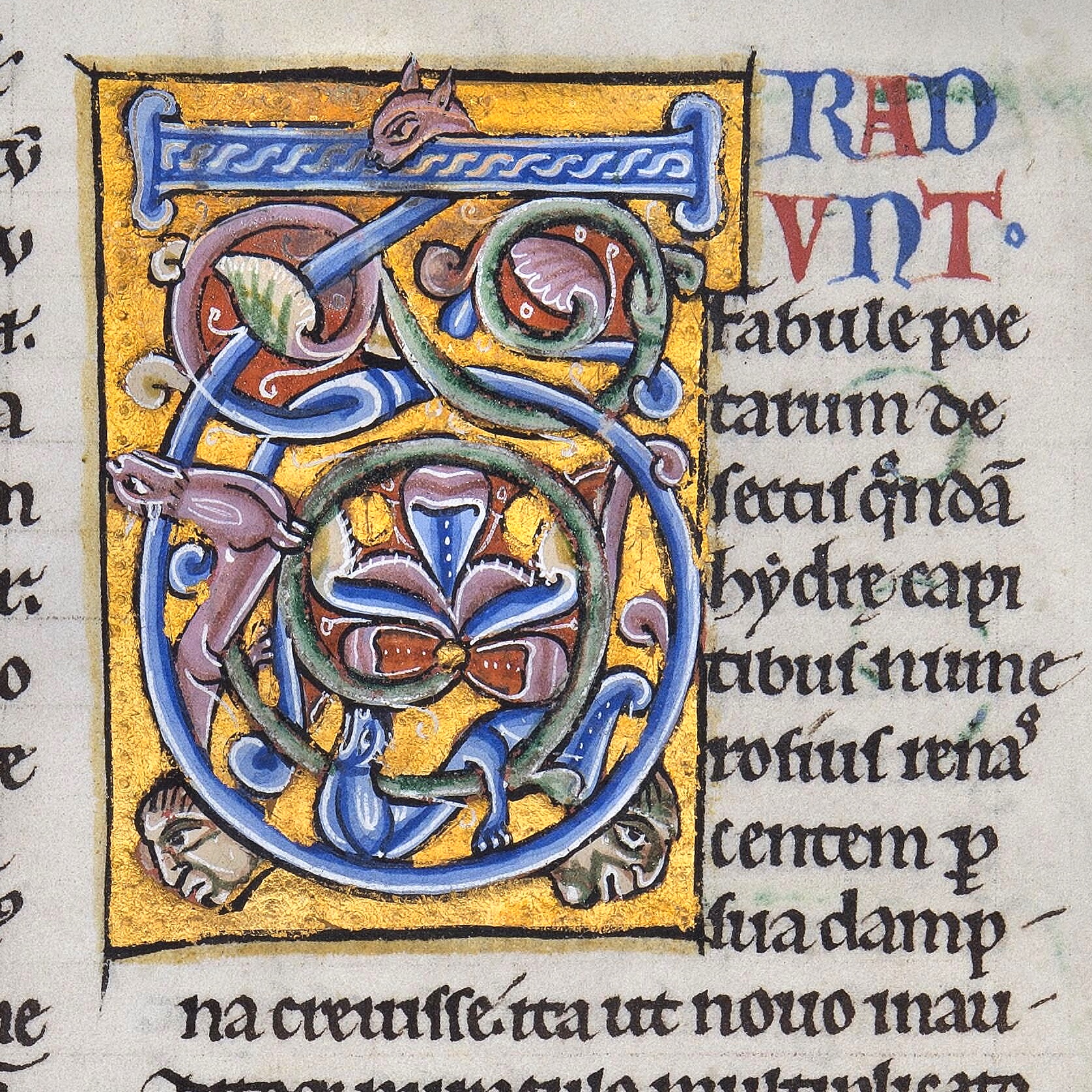

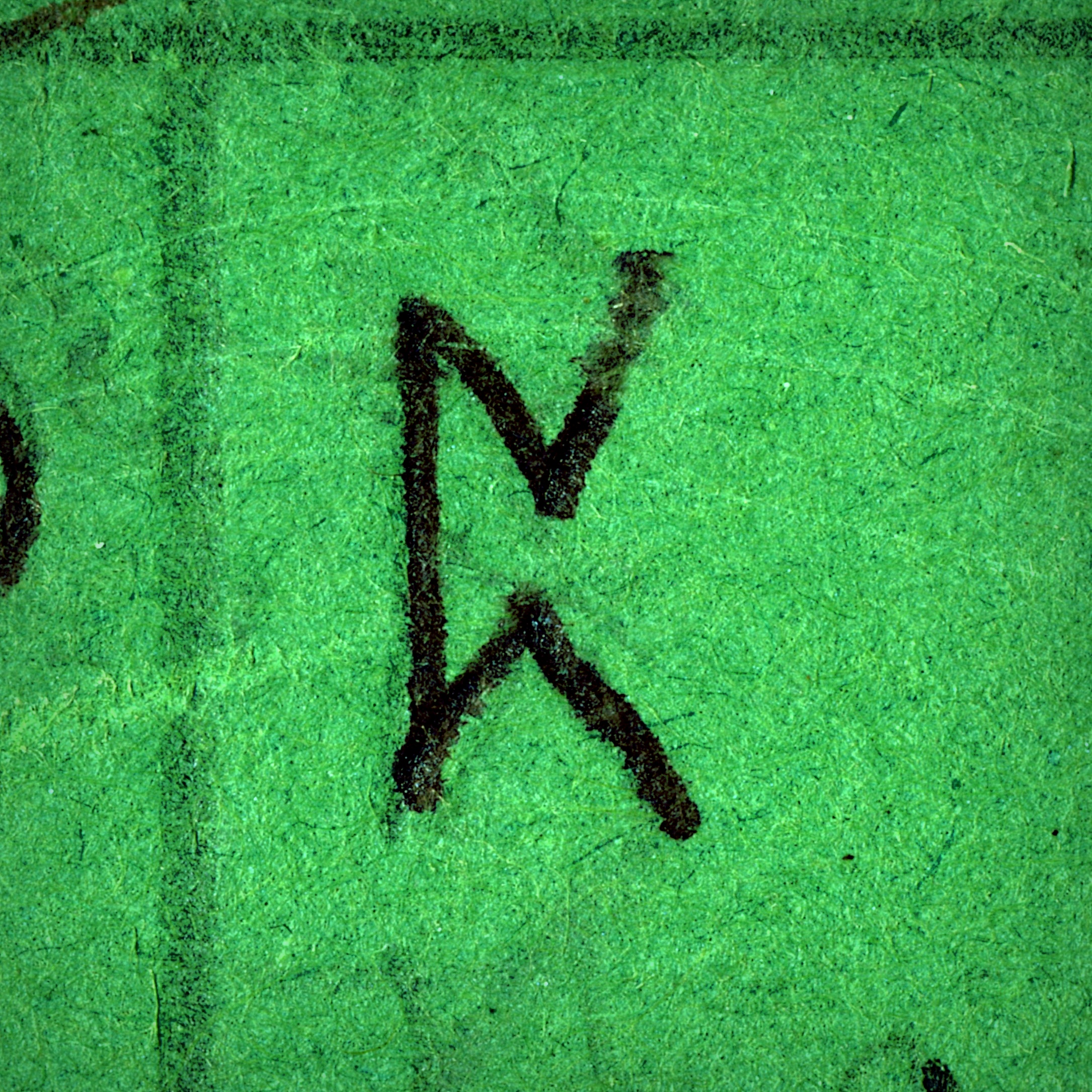 Voiceless bilabial stop. Send air through your mouth, now stop it, now start. If you vibrate your vocal cords you make a B. This is not that, keep your larynx still and put a little extra air into it. Perfect.
Voiceless bilabial stop. Send air through your mouth, now stop it, now start. If you vibrate your vocal cords you make a B. This is not that, keep your larynx still and put a little extra air into it. Perfect.
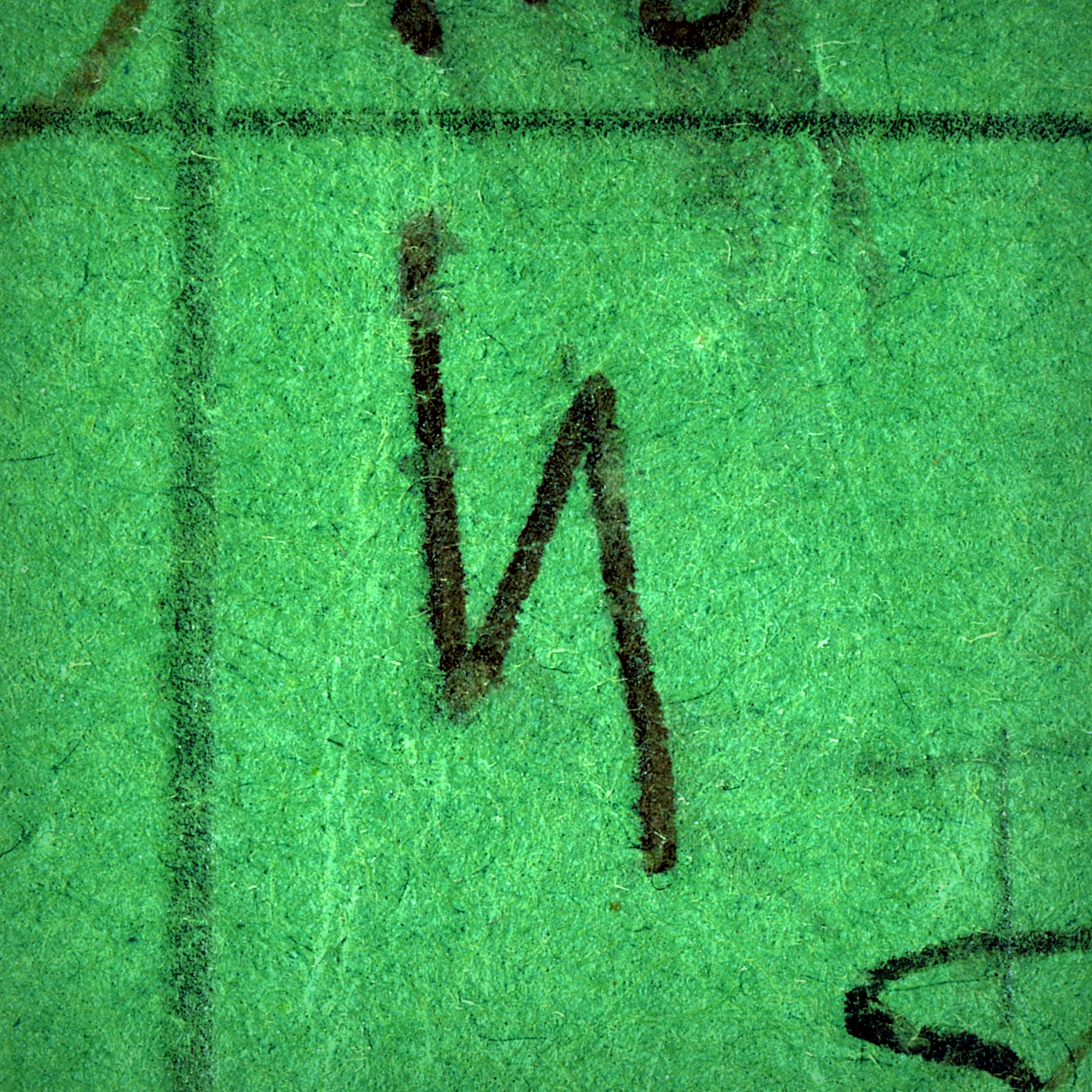 Alveolar voiceless spirant. Send air into your mouth, almost closed, then slip it out sibilantly. See? Splendid.
Alveolar voiceless spirant. Send air into your mouth, almost closed, then slip it out sibilantly. See? Splendid.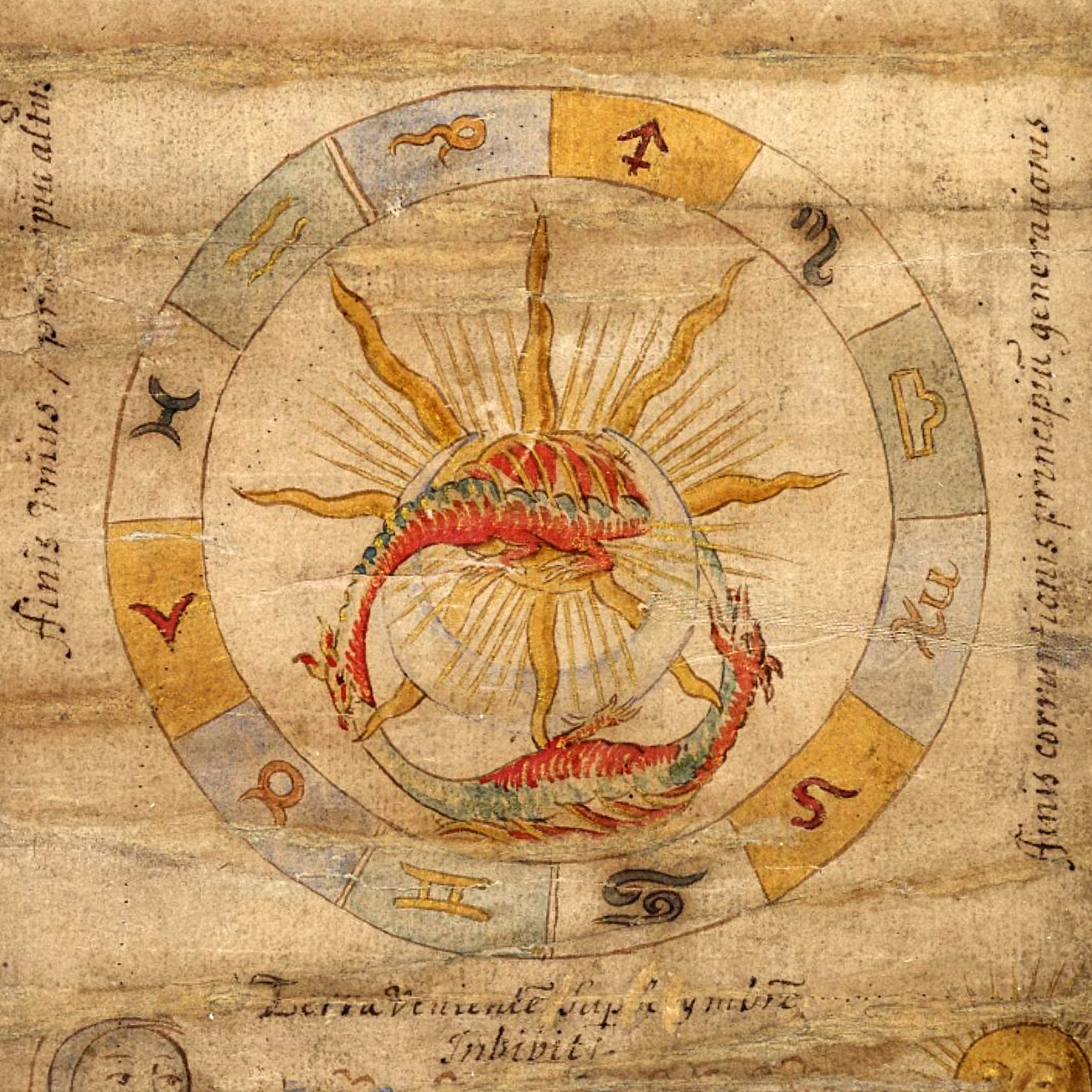
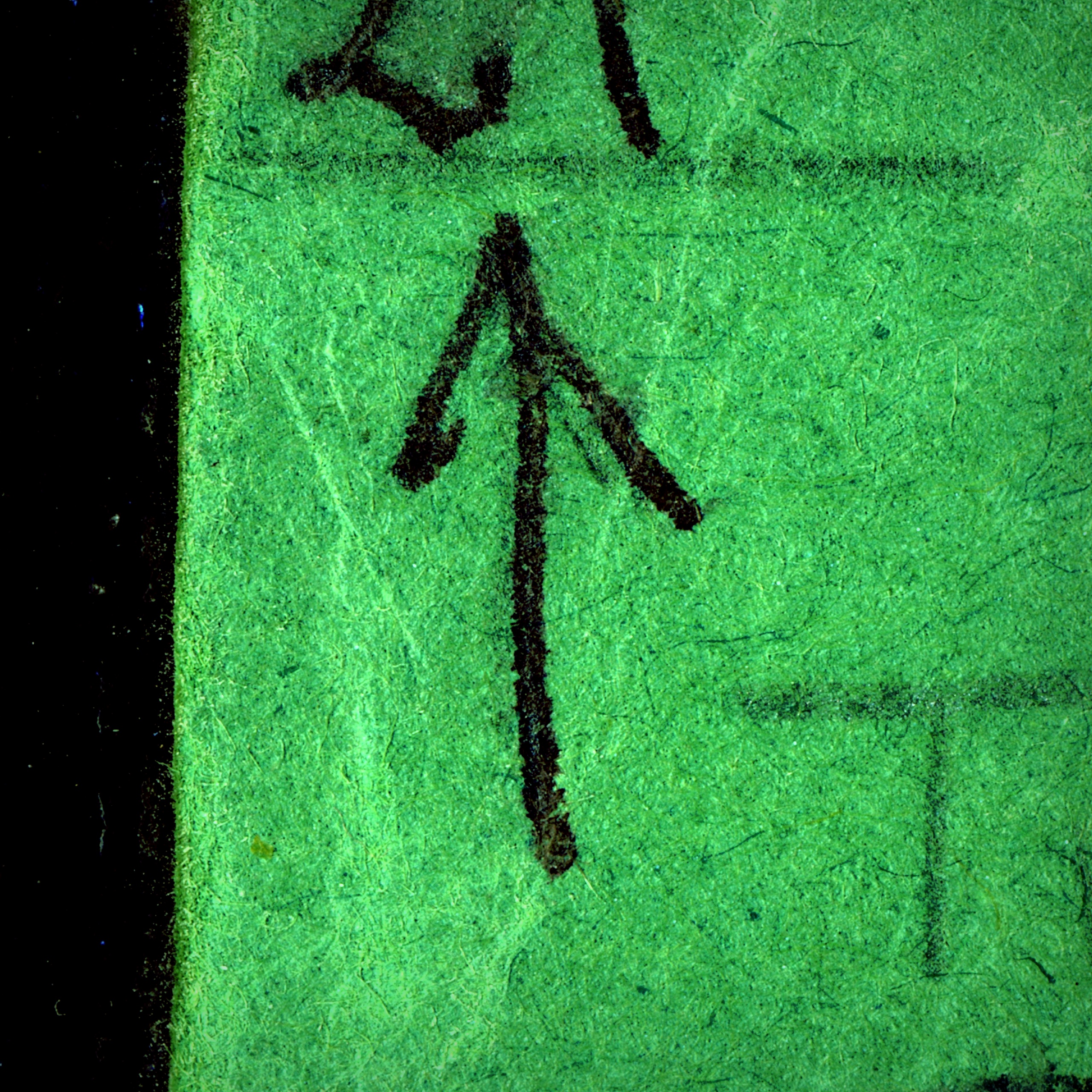 Alveolar dental: tongue along teeth, gums too. Stop and start the air flow. Let your voice stay out of it.
Alveolar dental: tongue along teeth, gums too. Stop and start the air flow. Let your voice stay out of it.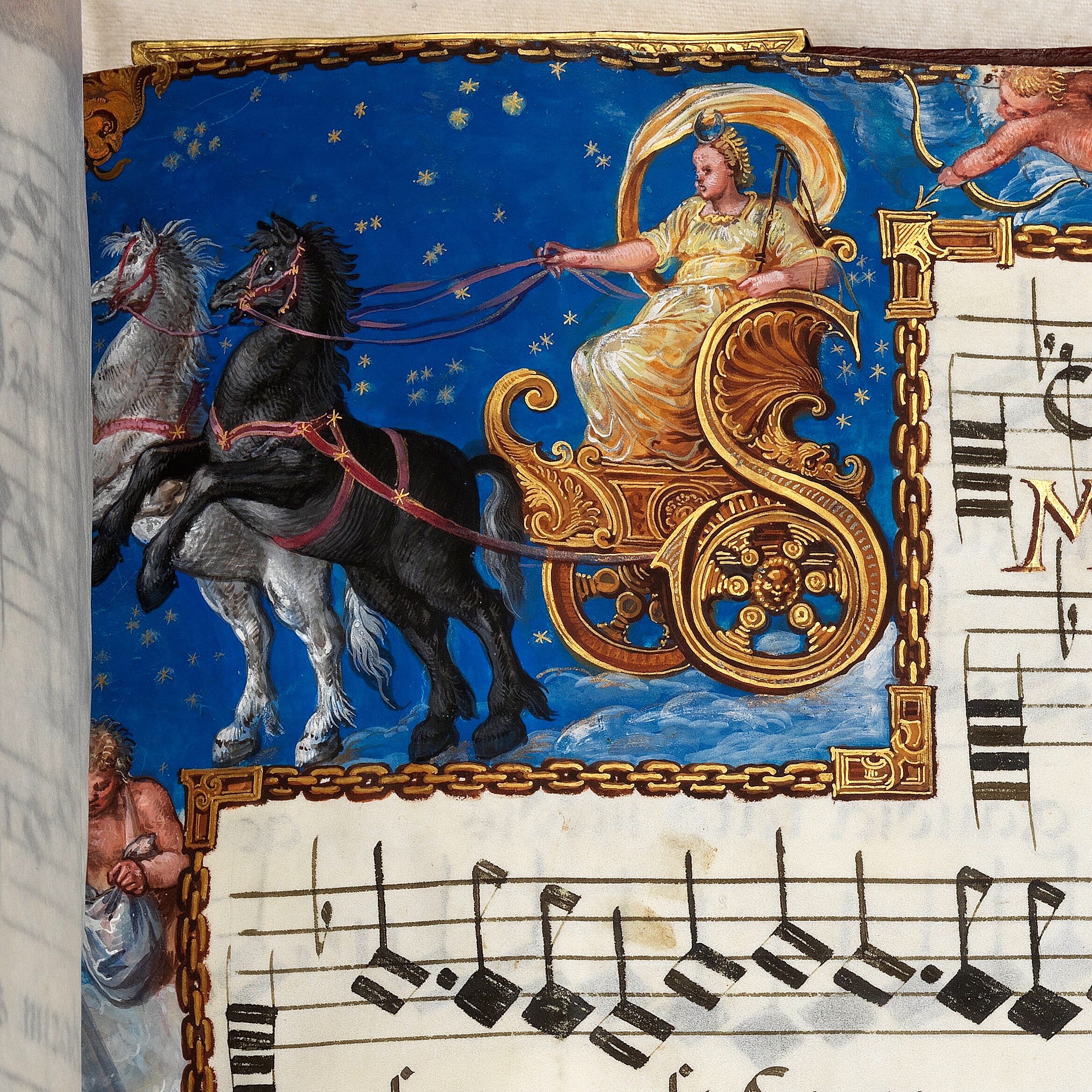
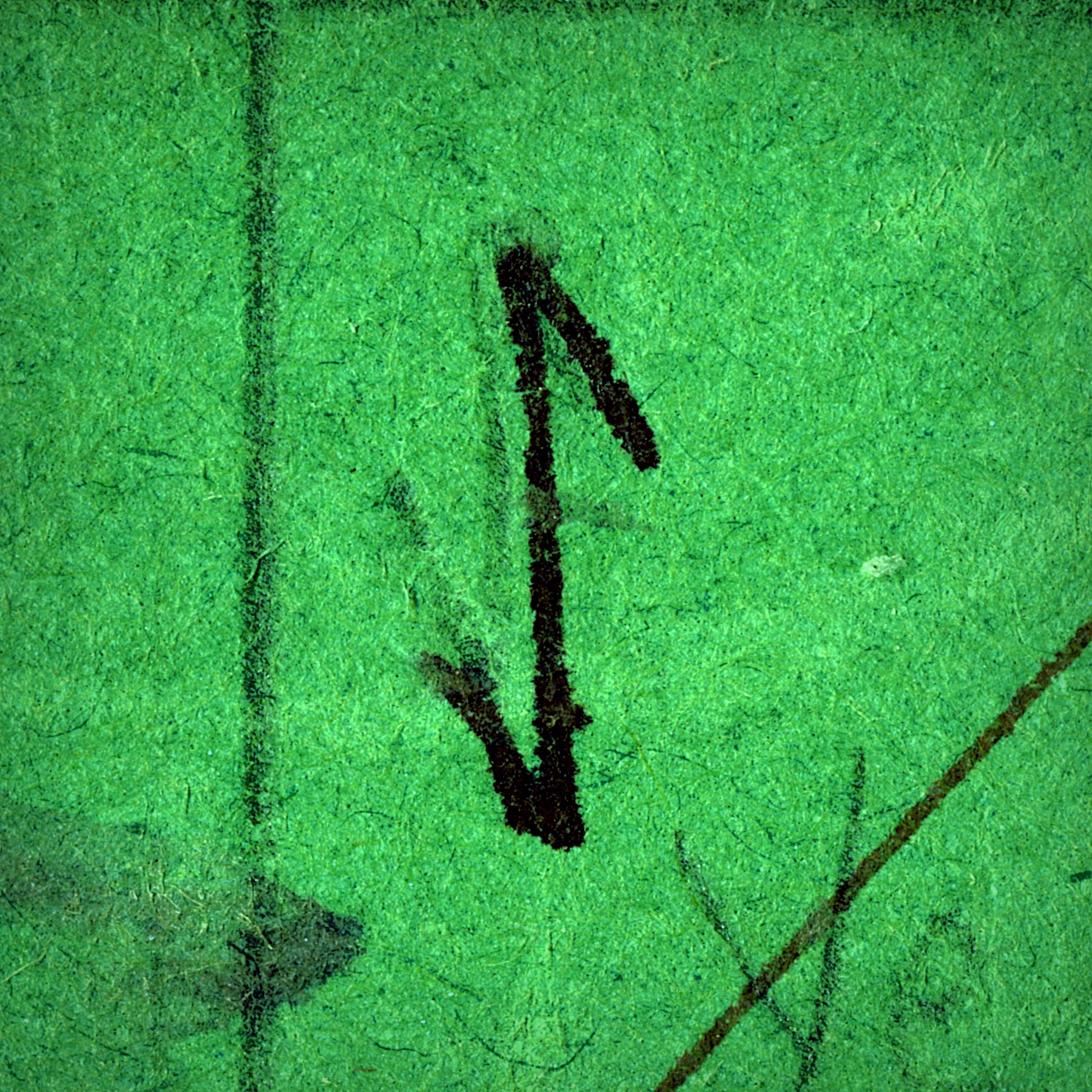 Short E, mouth a little open: eh, no big deal. Let the E fall off past an O. Let it keep falling, we don’t use these sounds together anymore.
Short E, mouth a little open: eh, no big deal. Let the E fall off past an O. Let it keep falling, we don’t use these sounds together anymore.
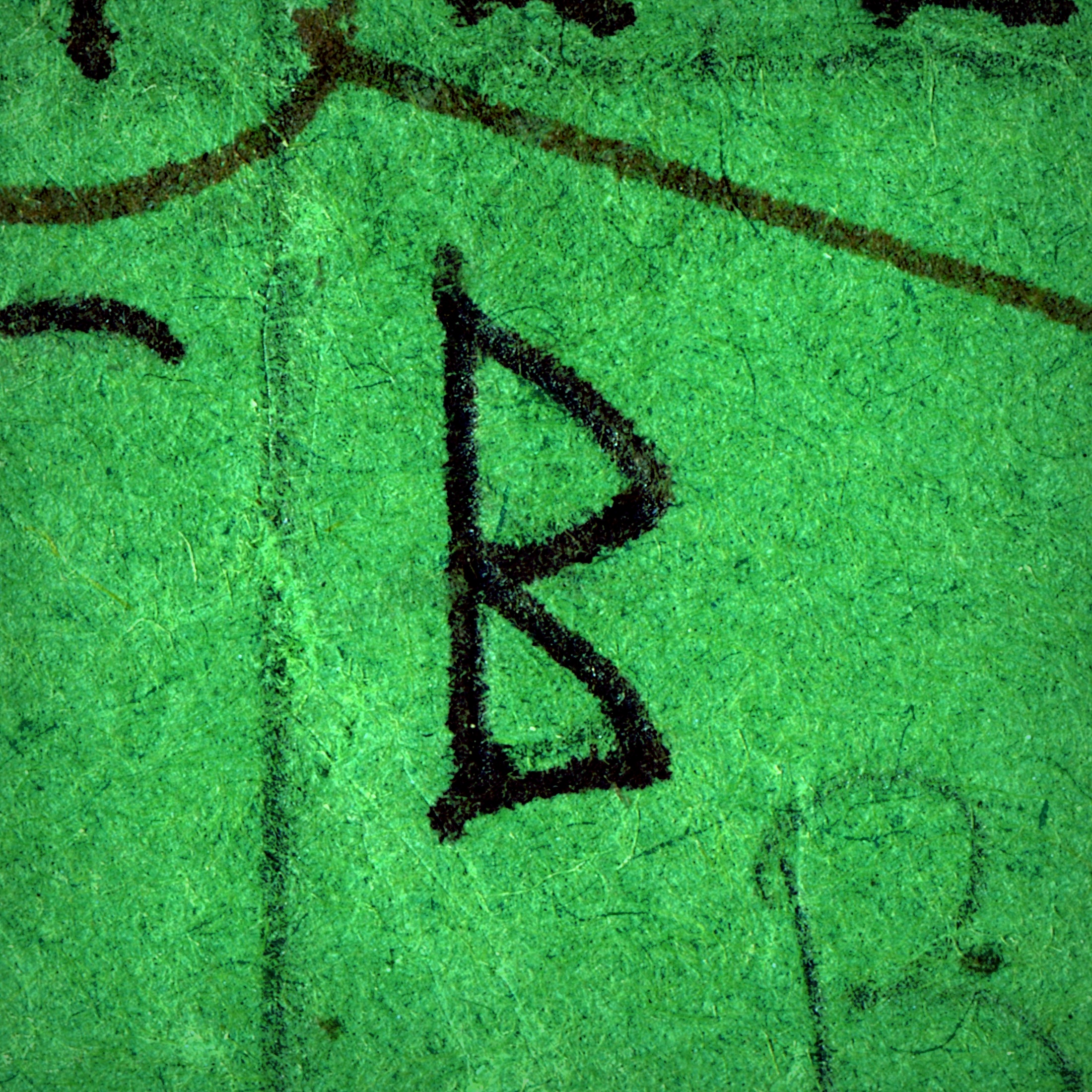
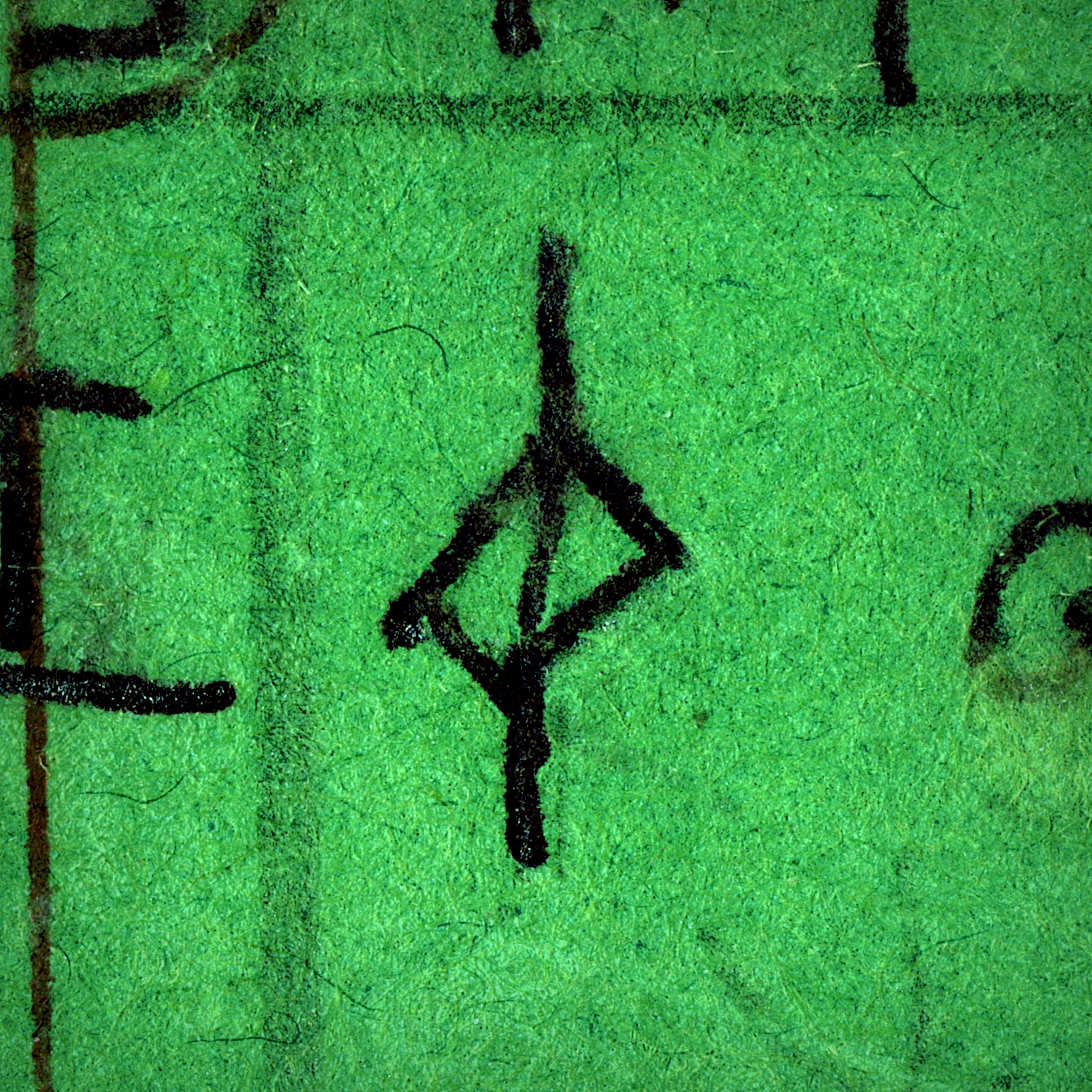 Ger is a little small. Look at it so teeny: ᛄ. You might not be able to see. It’s bigger now, it grew over time, but the poor thing was only half sized once. Sometimes Ger is carved to look like the rune for
Ger is a little small. Look at it so teeny: ᛄ. You might not be able to see. It’s bigger now, it grew over time, but the poor thing was only half sized once. Sometimes Ger is carved to look like the rune for 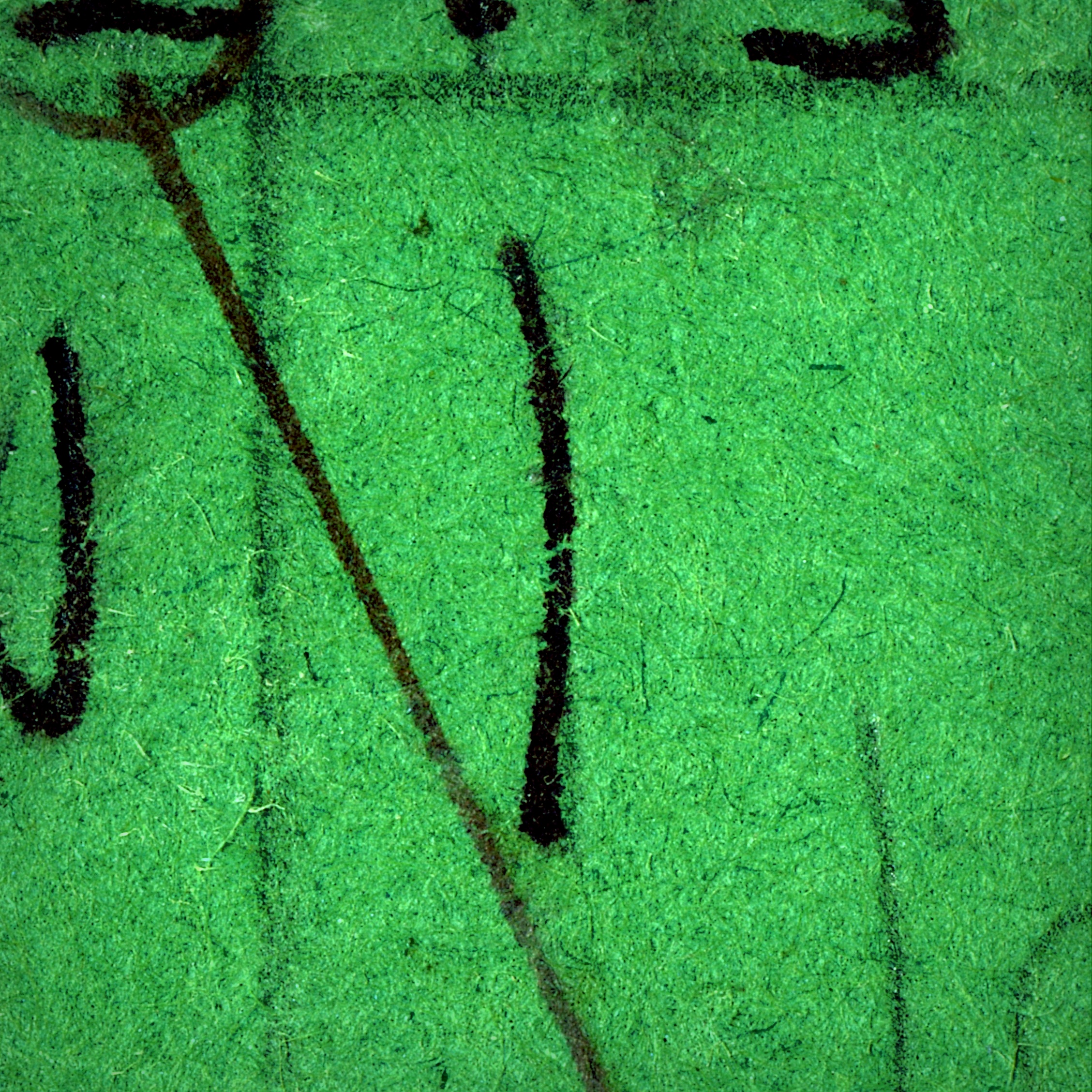 Vowel, high (mouth slightly open) front (tongue forward) unrounded lax (lips) = bit, unrounded tense = bite. Don’t bite your lips. I and Y were very similar in Old English,
Vowel, high (mouth slightly open) front (tongue forward) unrounded lax (lips) = bit, unrounded tense = bite. Don’t bite your lips. I and Y were very similar in Old English, 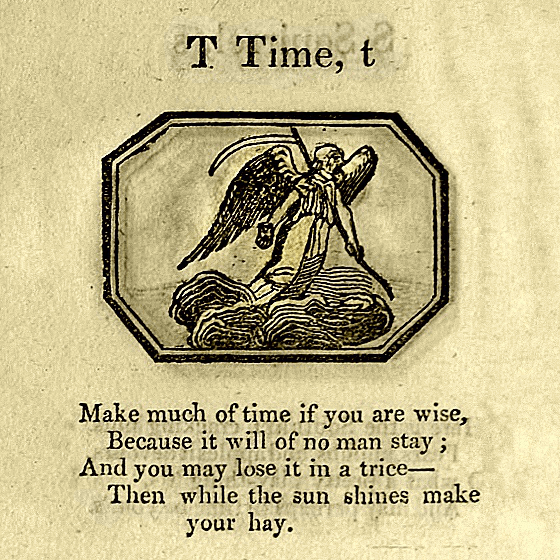
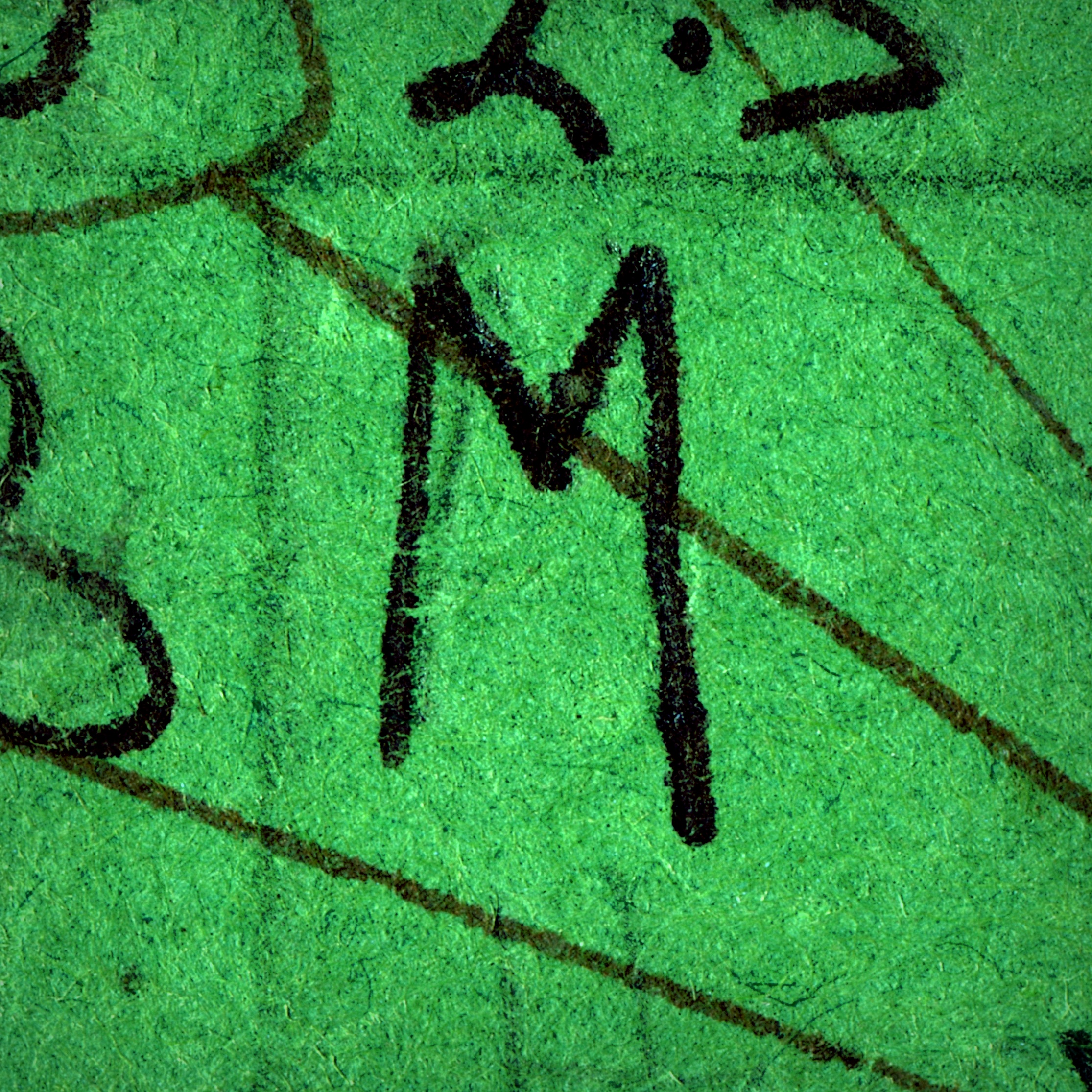 This is the rune for Eh, war horse, letter E. In the Cotton library manuscript called Galba A.ii (burned in a different fire from
This is the rune for Eh, war horse, letter E. In the Cotton library manuscript called Galba A.ii (burned in a different fire from 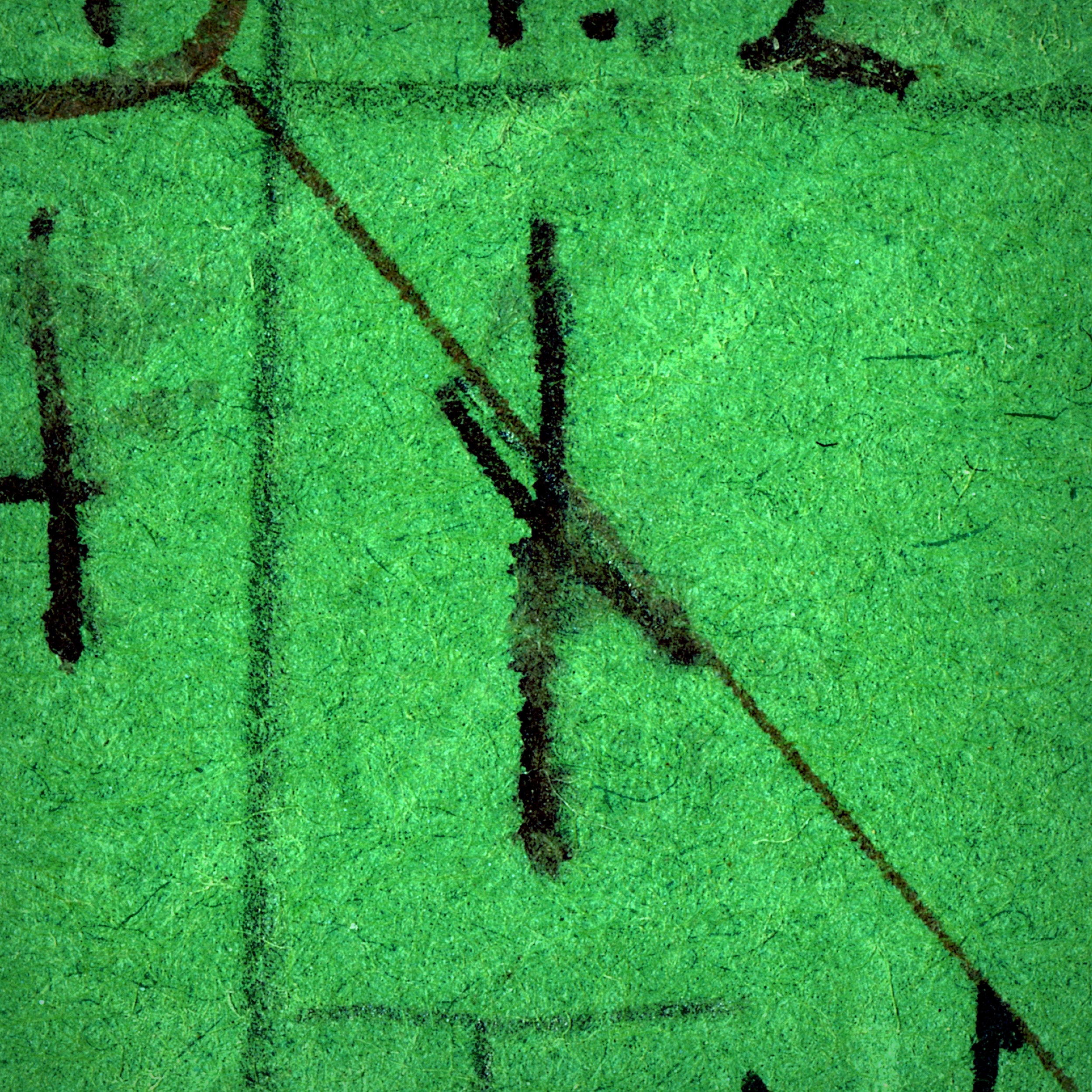 Voiced alveolar nasal. Vibrate some air through your vocal cords, stop it at the roof of your mouth with your tongue. Nope. No passage here. Never. Send that air out through your nose.
Voiced alveolar nasal. Vibrate some air through your vocal cords, stop it at the roof of your mouth with your tongue. Nope. No passage here. Never. Send that air out through your nose.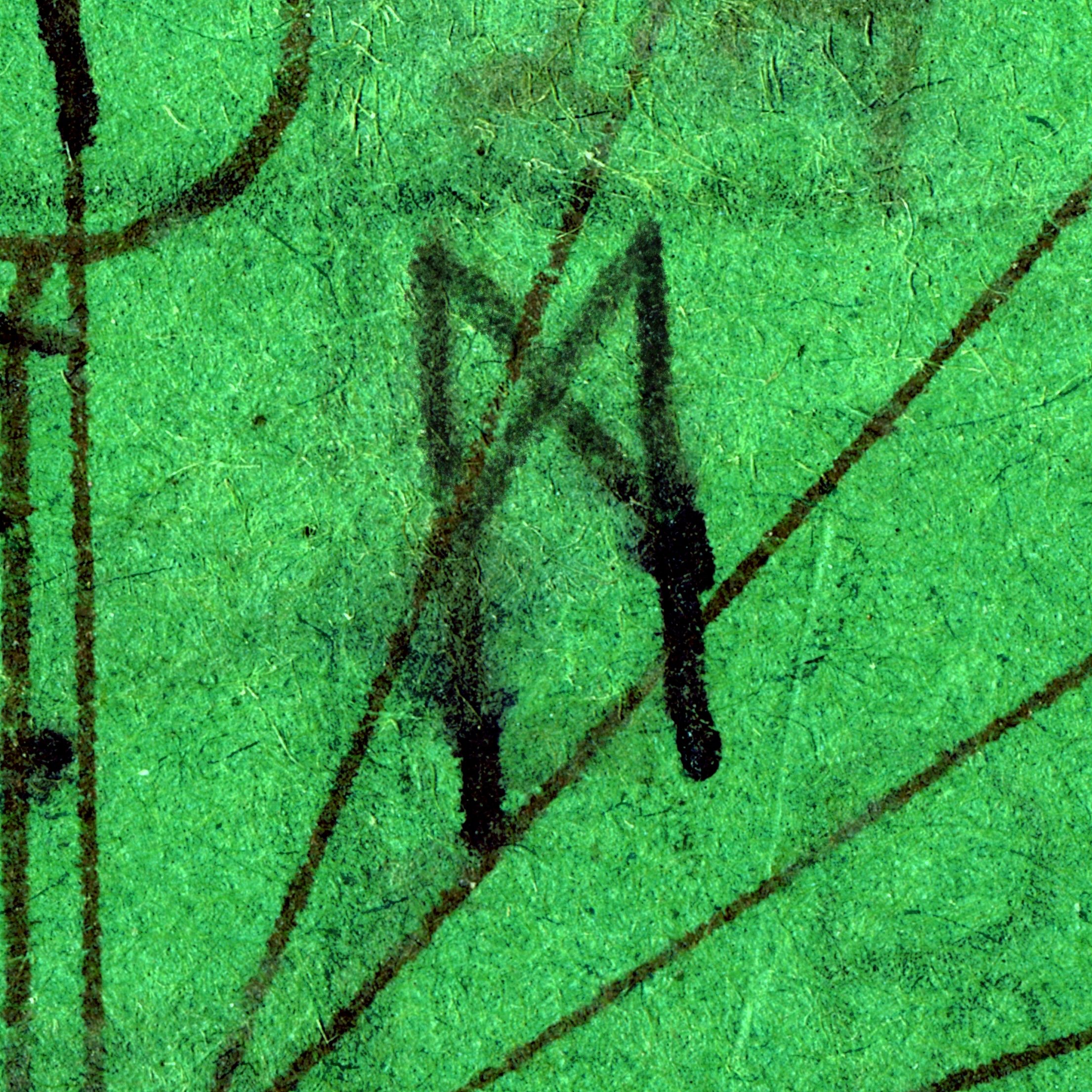 Send out some air and impede it a bit with your vocal cords, press your lips together and
Send out some air and impede it a bit with your vocal cords, press your lips together and 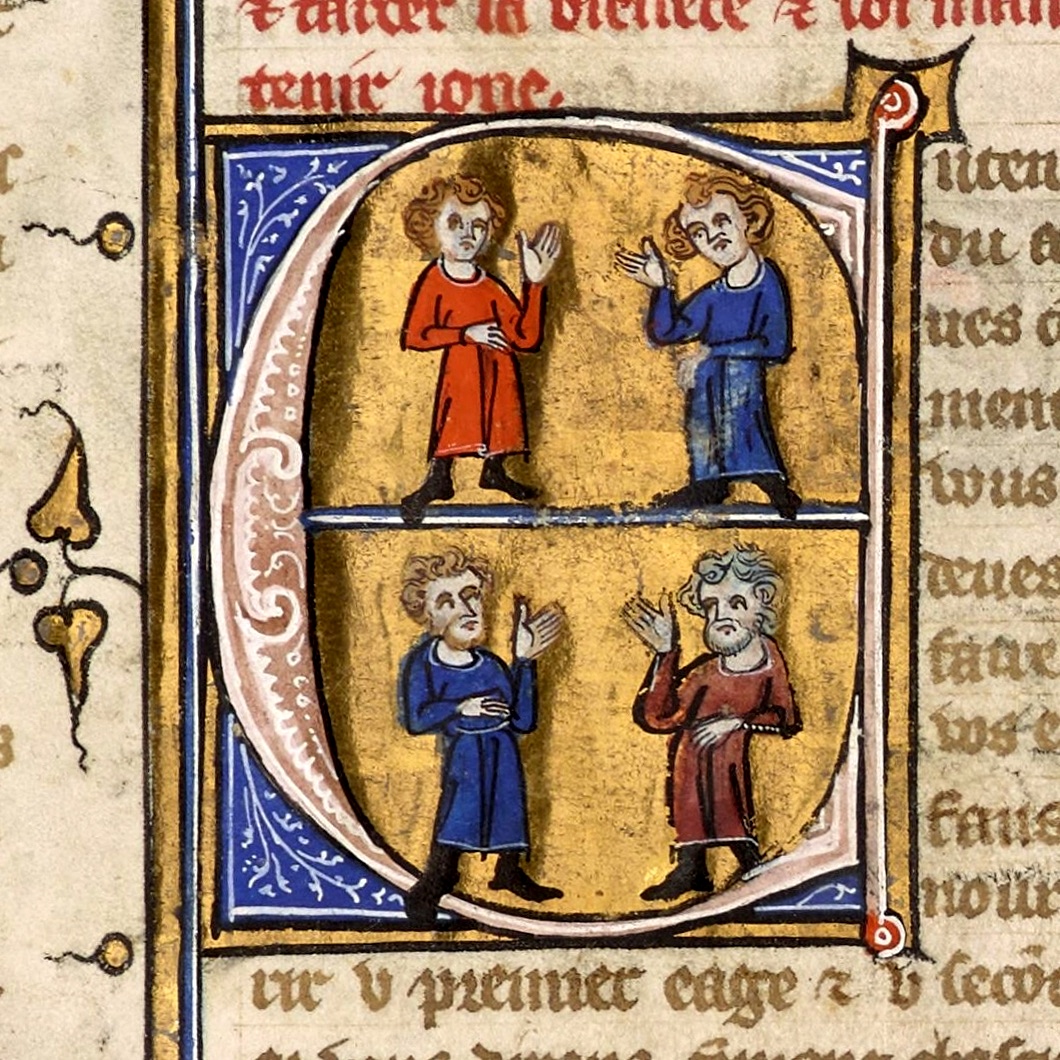
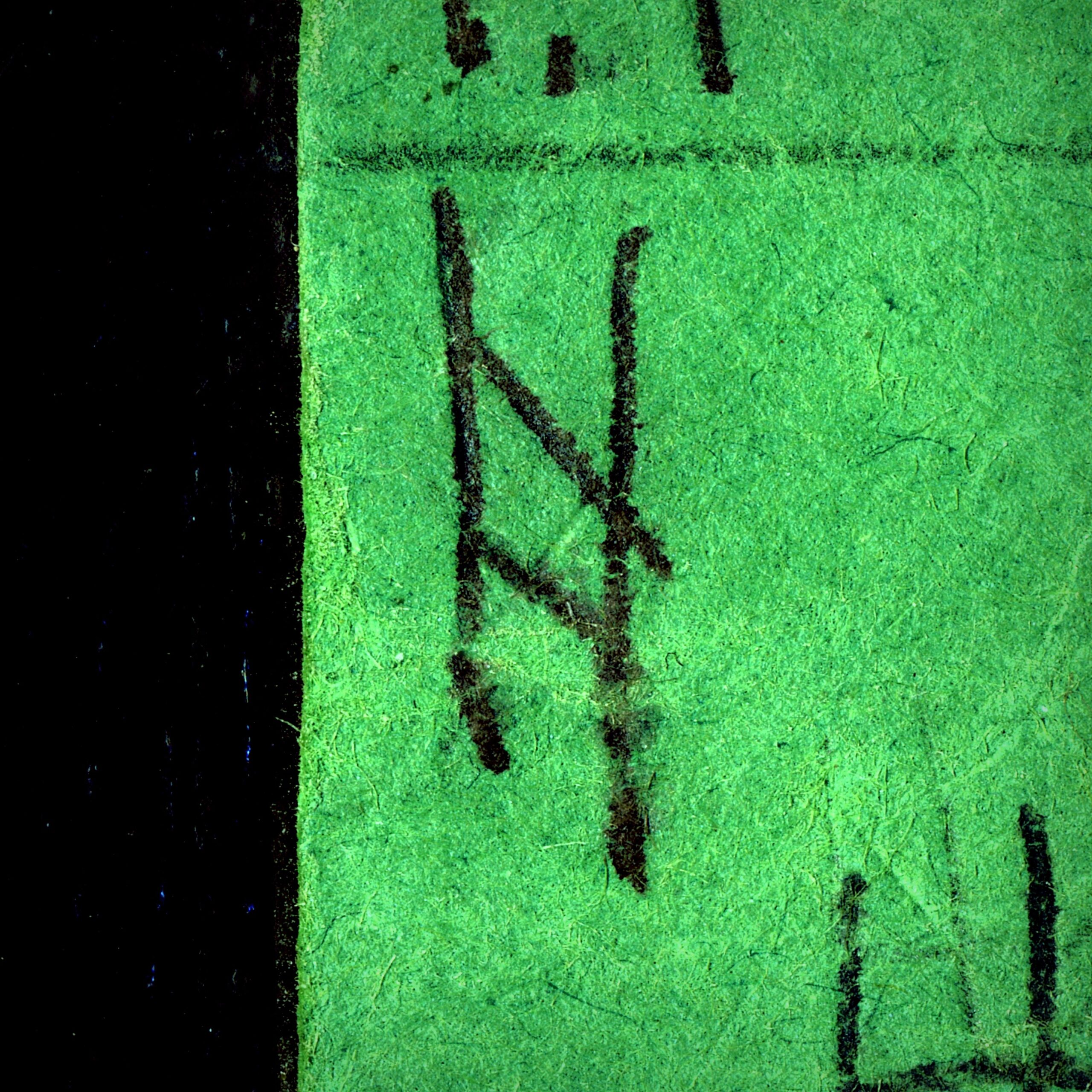 Voiceless spirant. Make a narrow aperture of your mouth and throat, leave your vocal cords aside, and force air through. Create friction, steam up the mirror. Huh. Hah.
Voiceless spirant. Make a narrow aperture of your mouth and throat, leave your vocal cords aside, and force air through. Create friction, steam up the mirror. Huh. Hah.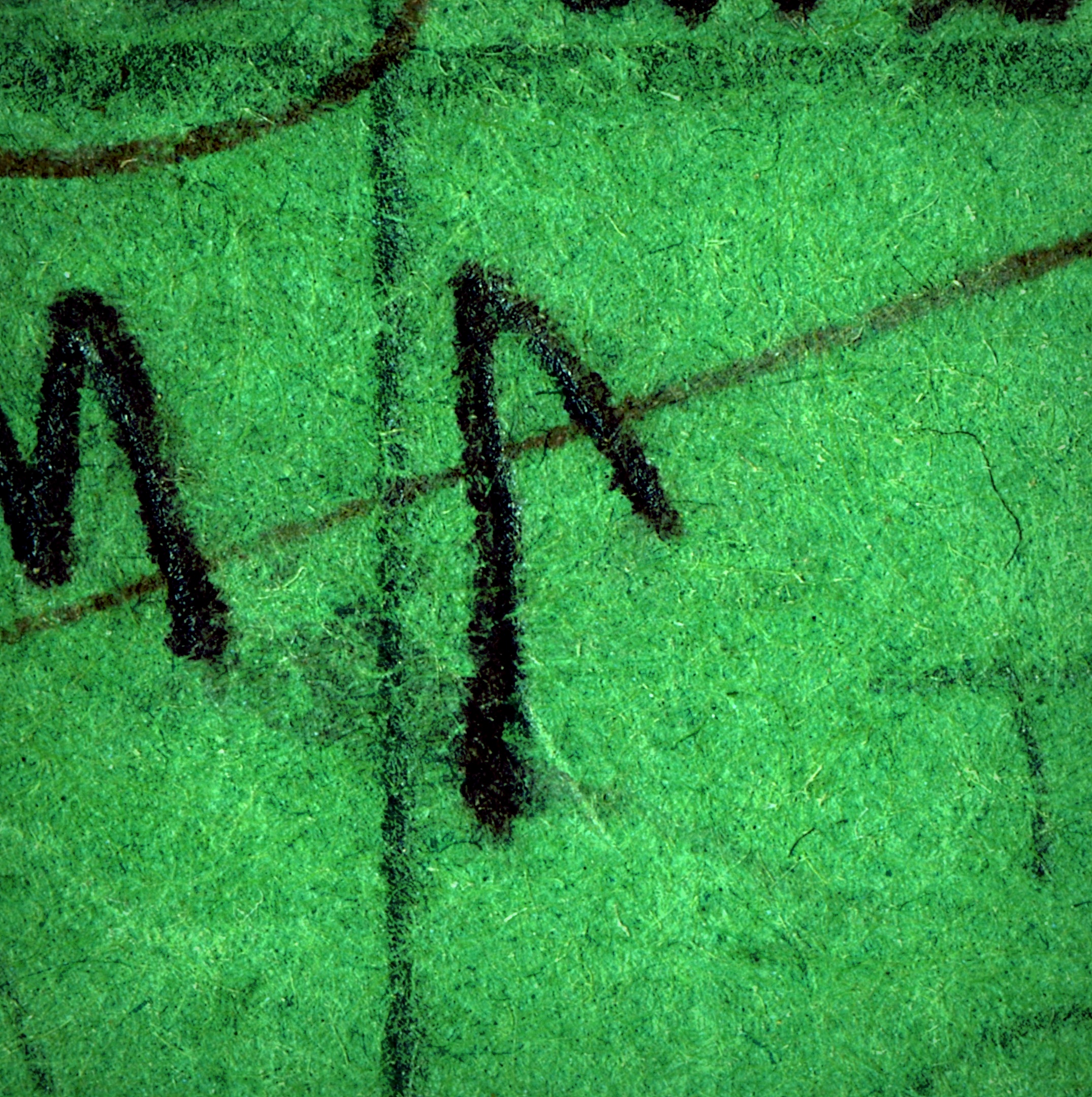 Alveolar dental sonorant: using your gum ridge and teeth, leave your tongue free laterally, partially impeding your vocal resonance: now sing. Lalalalalalalahhhhh! Largo! Lalalaaaaaaaaah! Now lento. La. La. La. Lovely. A sound so popular it has remained unchanged all this time.
Alveolar dental sonorant: using your gum ridge and teeth, leave your tongue free laterally, partially impeding your vocal resonance: now sing. Lalalalalalalahhhhh! Largo! Lalalaaaaaaaaah! Now lento. La. La. La. Lovely. A sound so popular it has remained unchanged all this time.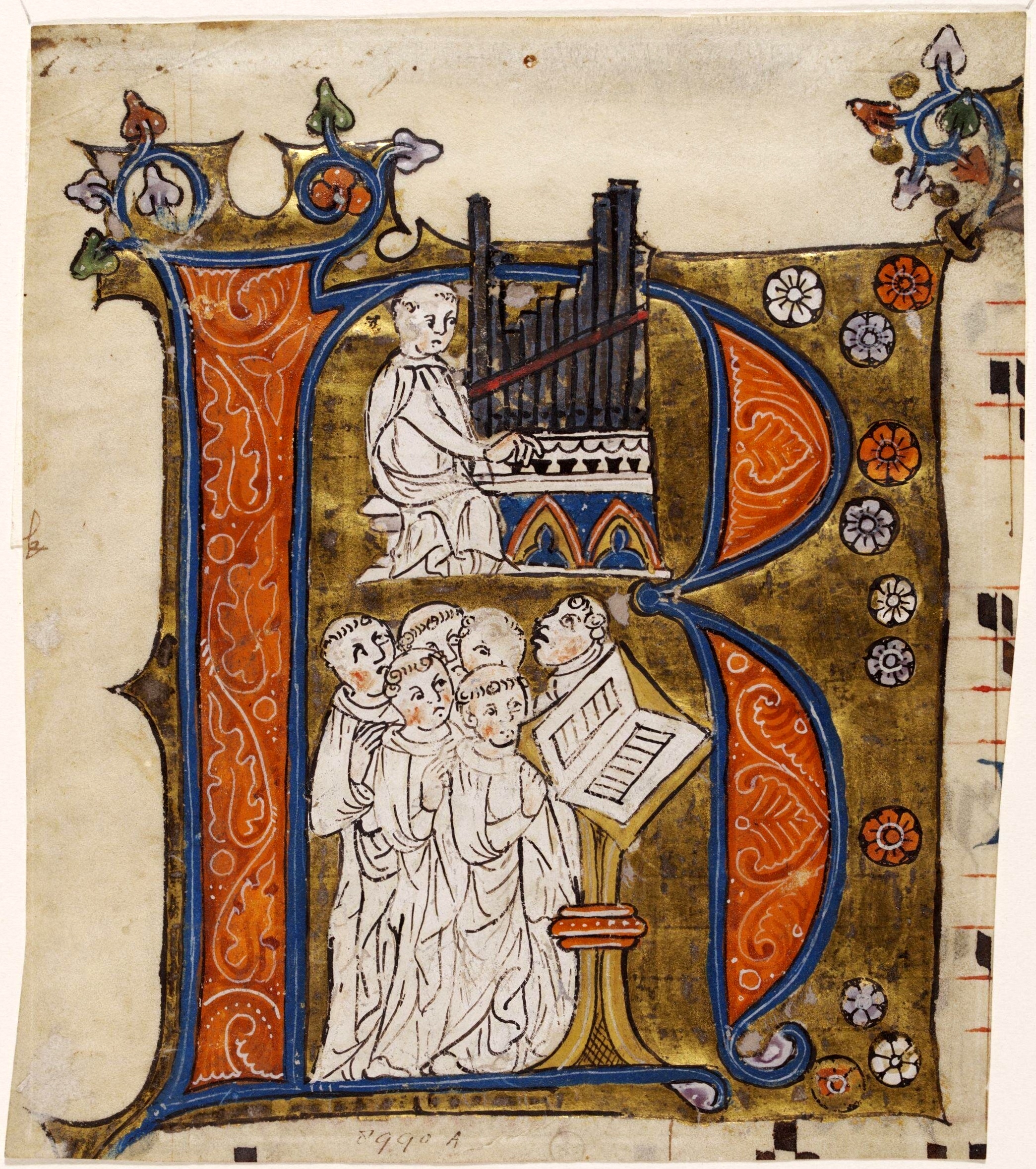
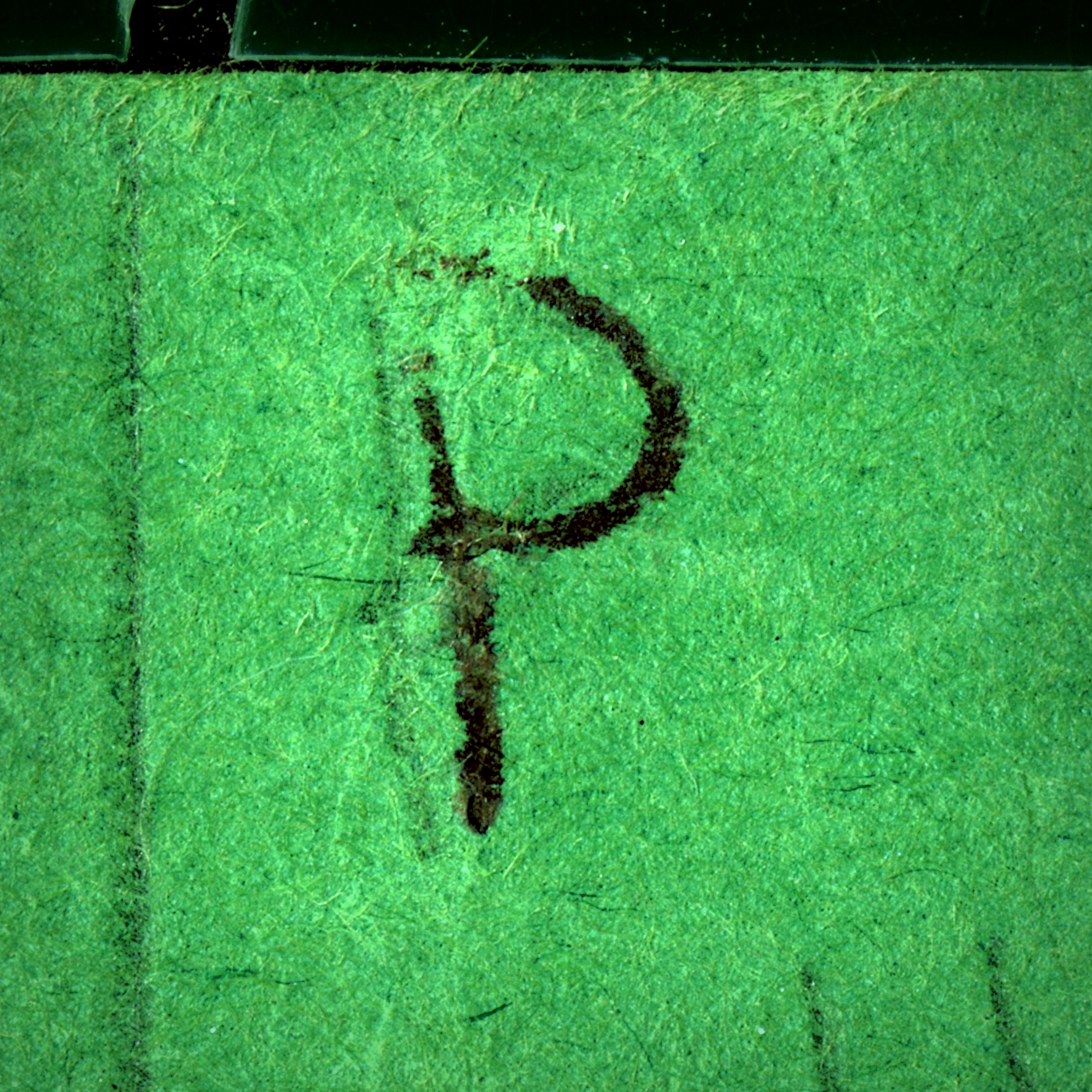 What is W? It looks like two Vs but its name says it is U doubled. It is a consonant, but in other times in select places, it is a vowel. What happened? Why do we have W?
What is W? It looks like two Vs but its name says it is U doubled. It is a consonant, but in other times in select places, it is a vowel. What happened? Why do we have W?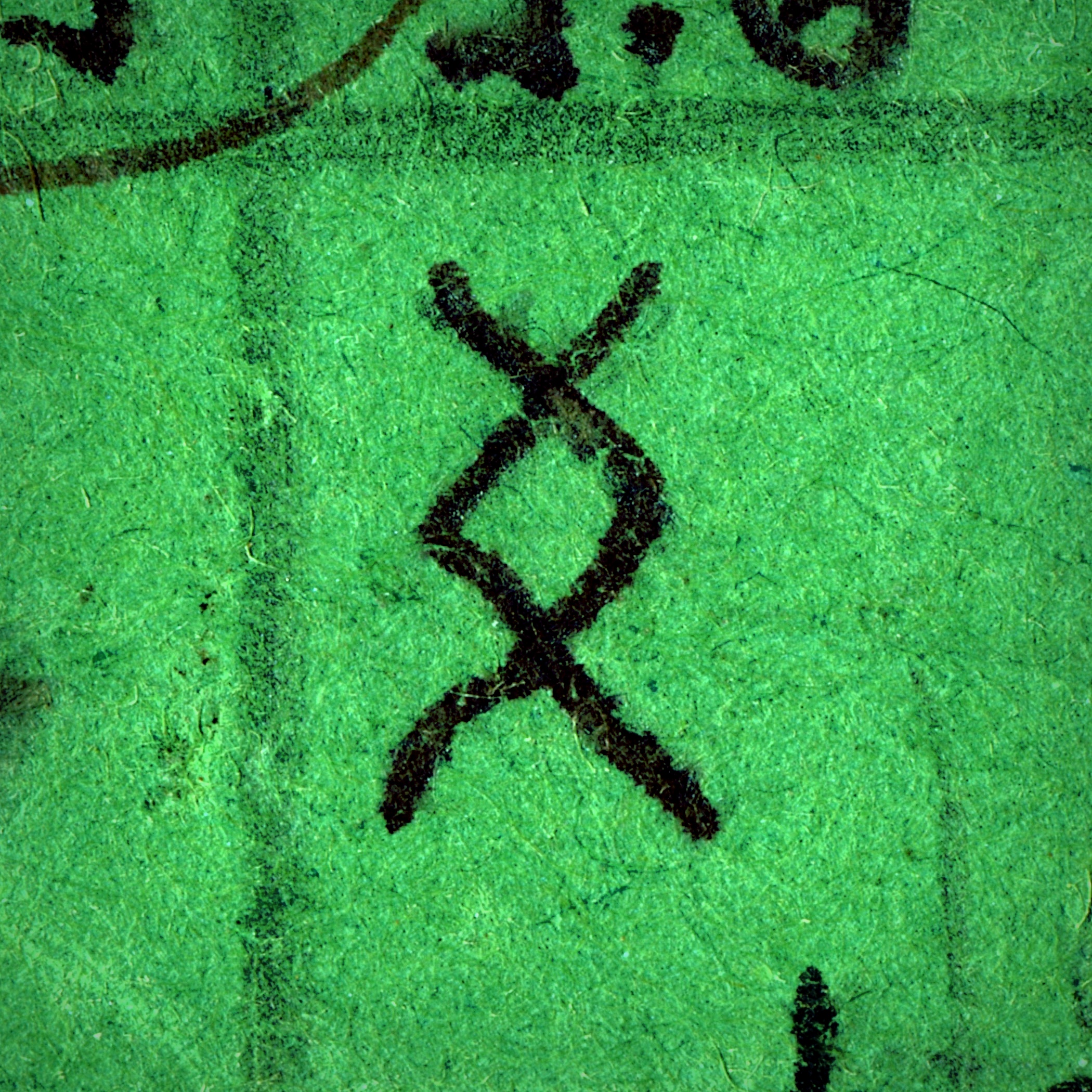
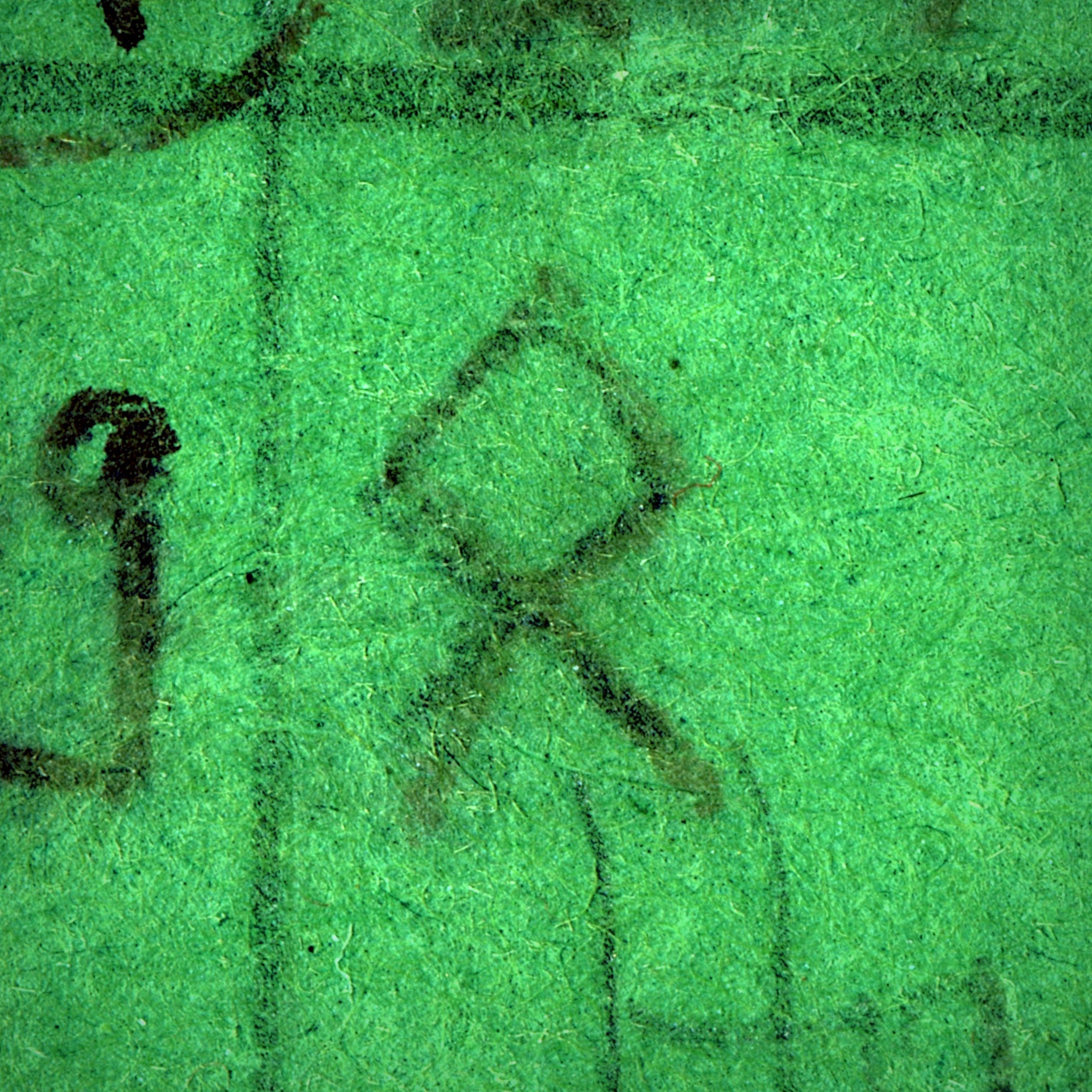

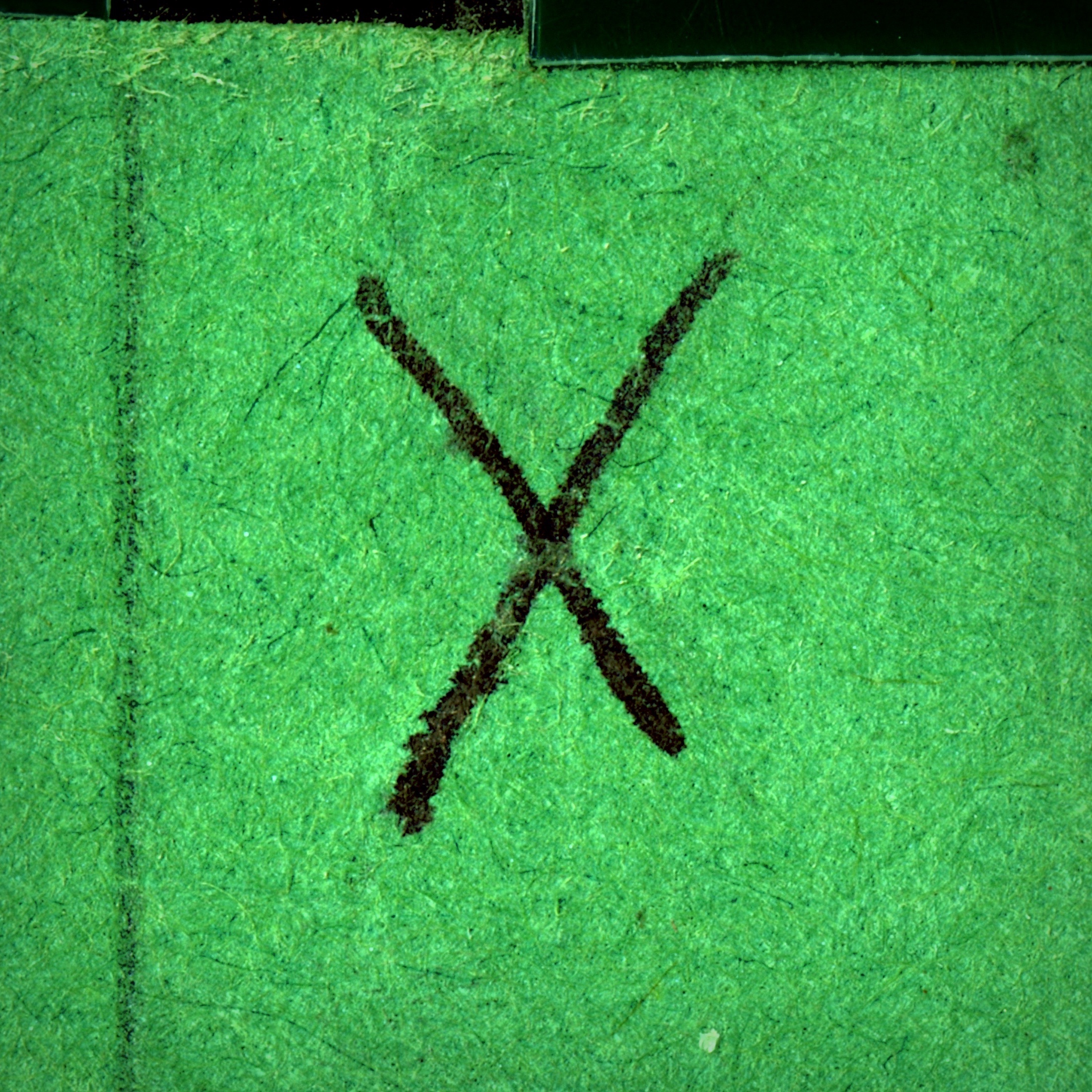
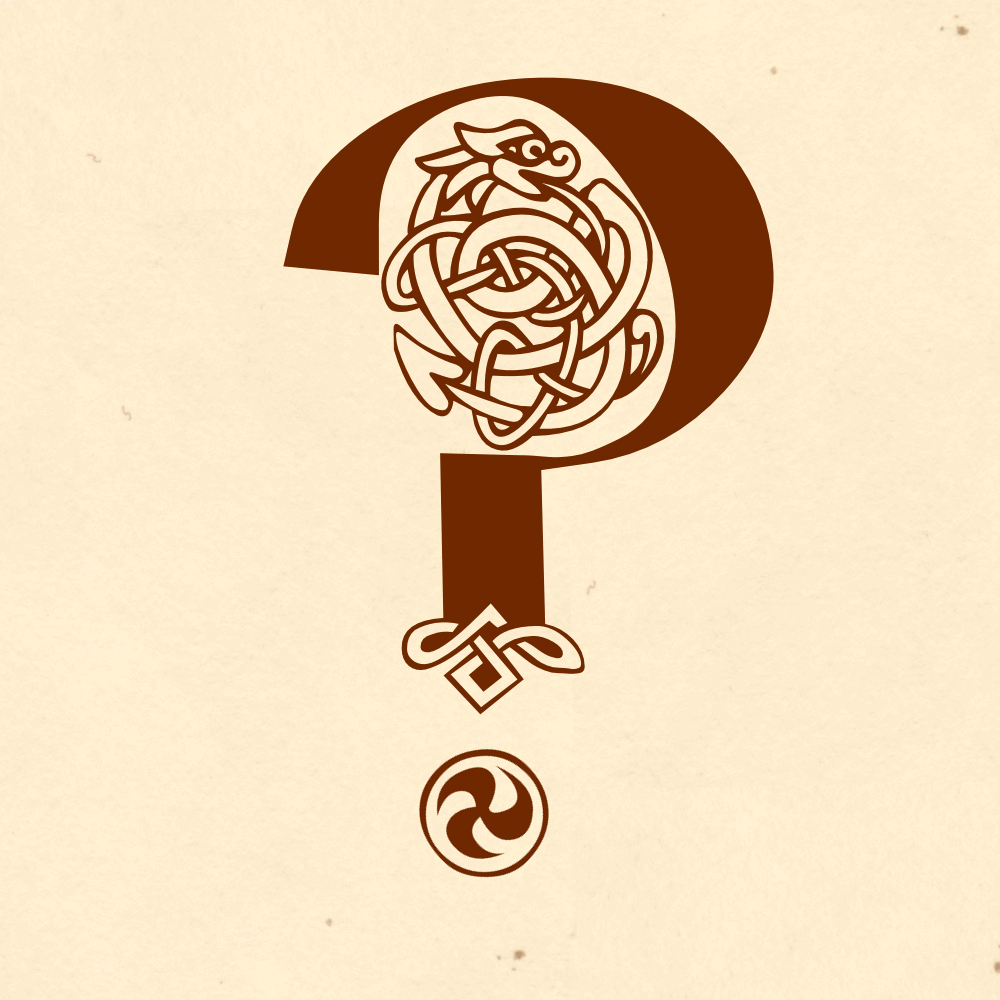
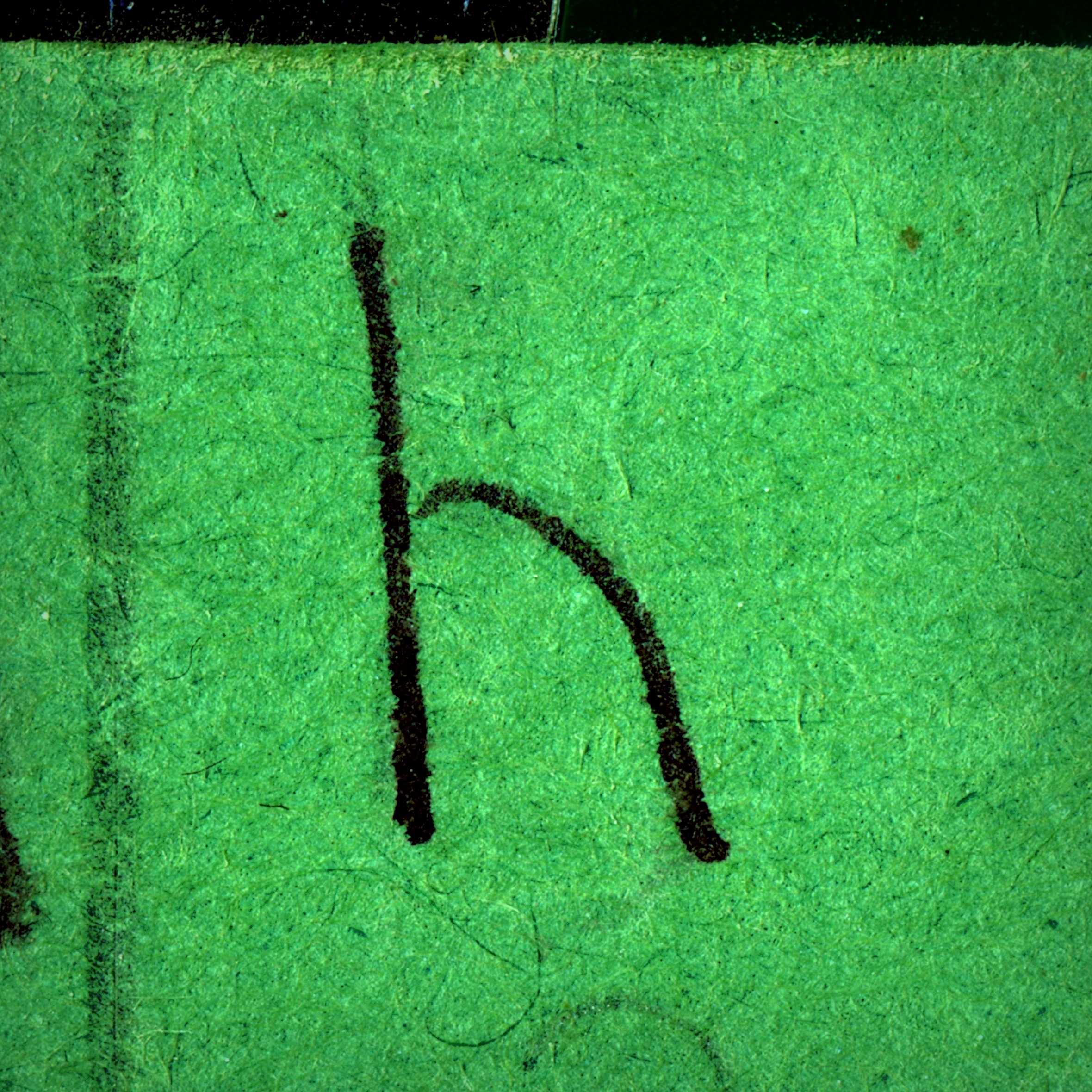 Originally the letter C made a hard sound in Old English, like a K, but because
Originally the letter C made a hard sound in Old English, like a K, but because 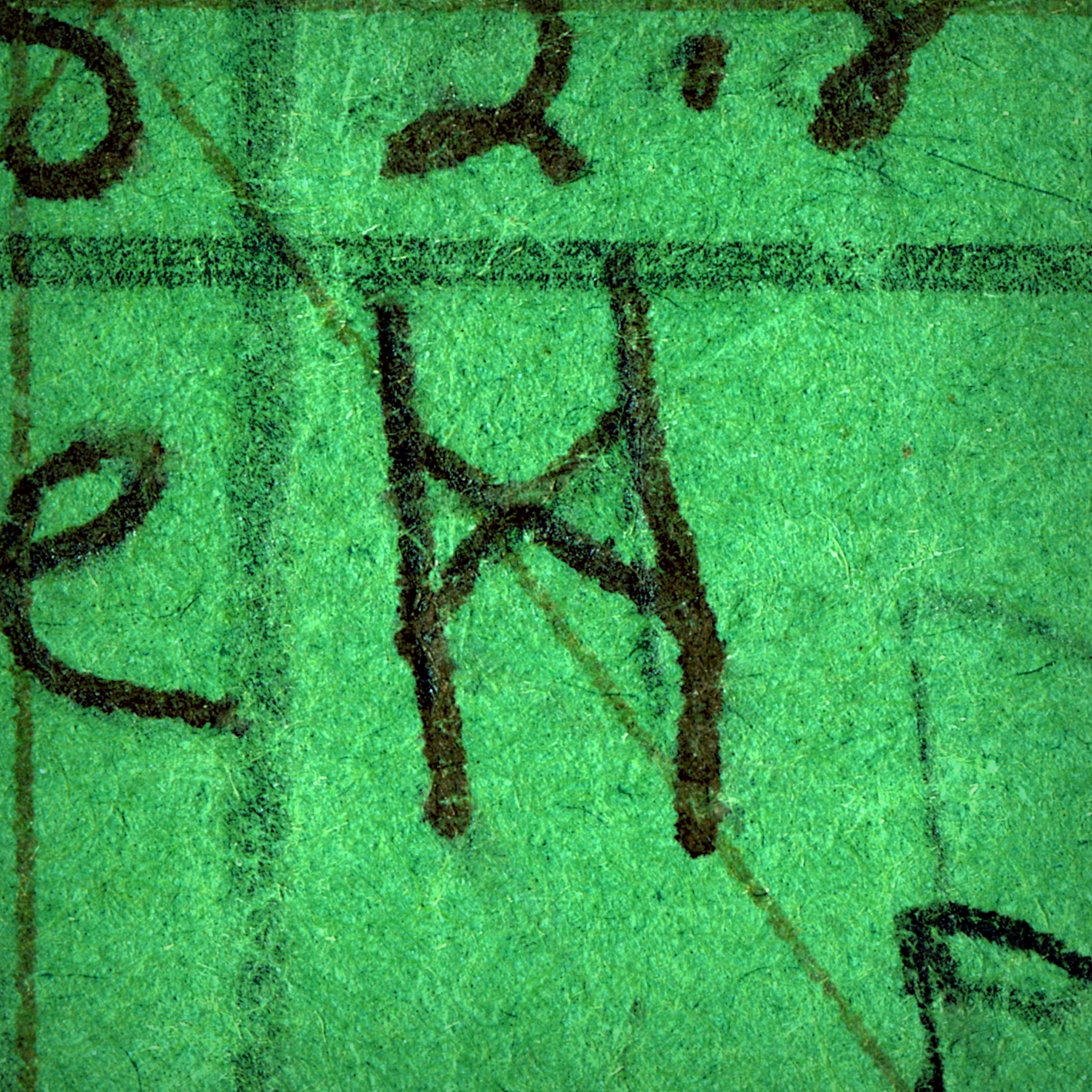 D. Voiced alveolar dental stop. You use your voice and soft palate to make the sound, make your breath stop against your teeth. Leave your larynx out of it and you
D. Voiced alveolar dental stop. You use your voice and soft palate to make the sound, make your breath stop against your teeth. Leave your larynx out of it and you 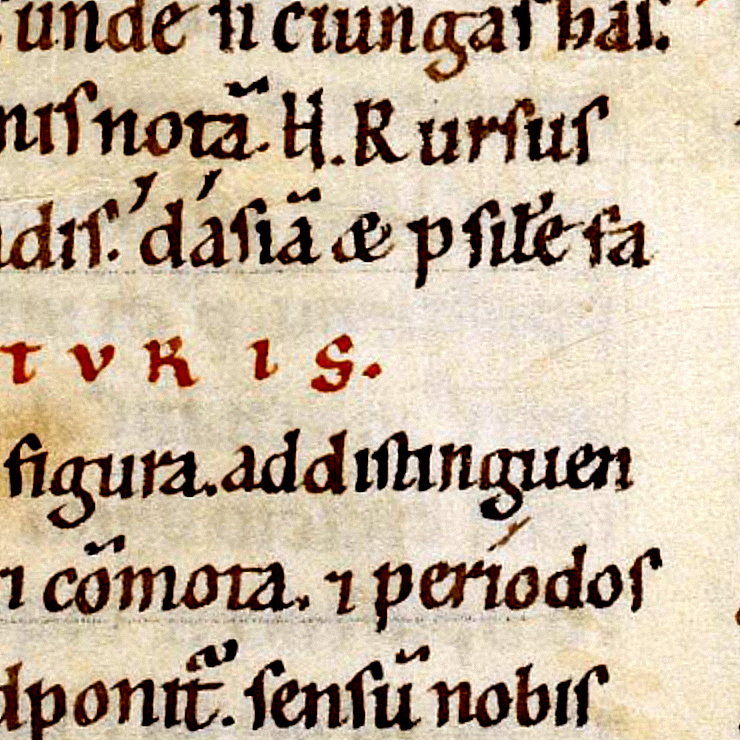
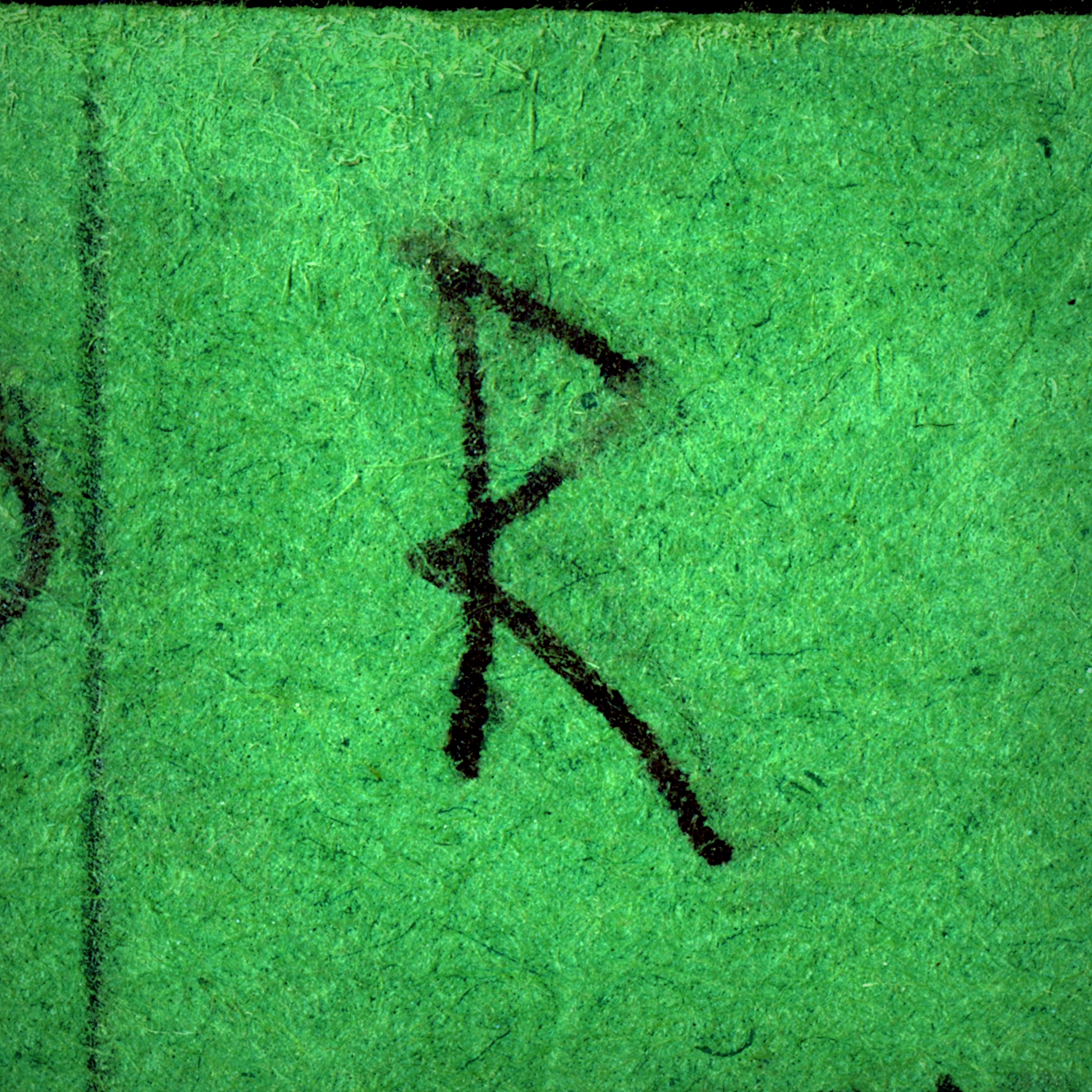 Probably the R in Old English was trilled or rolled. They’d travel along with the R for an extra beat before moving on to the next letter.
Probably the R in Old English was trilled or rolled. They’d travel along with the R for an extra beat before moving on to the next letter.
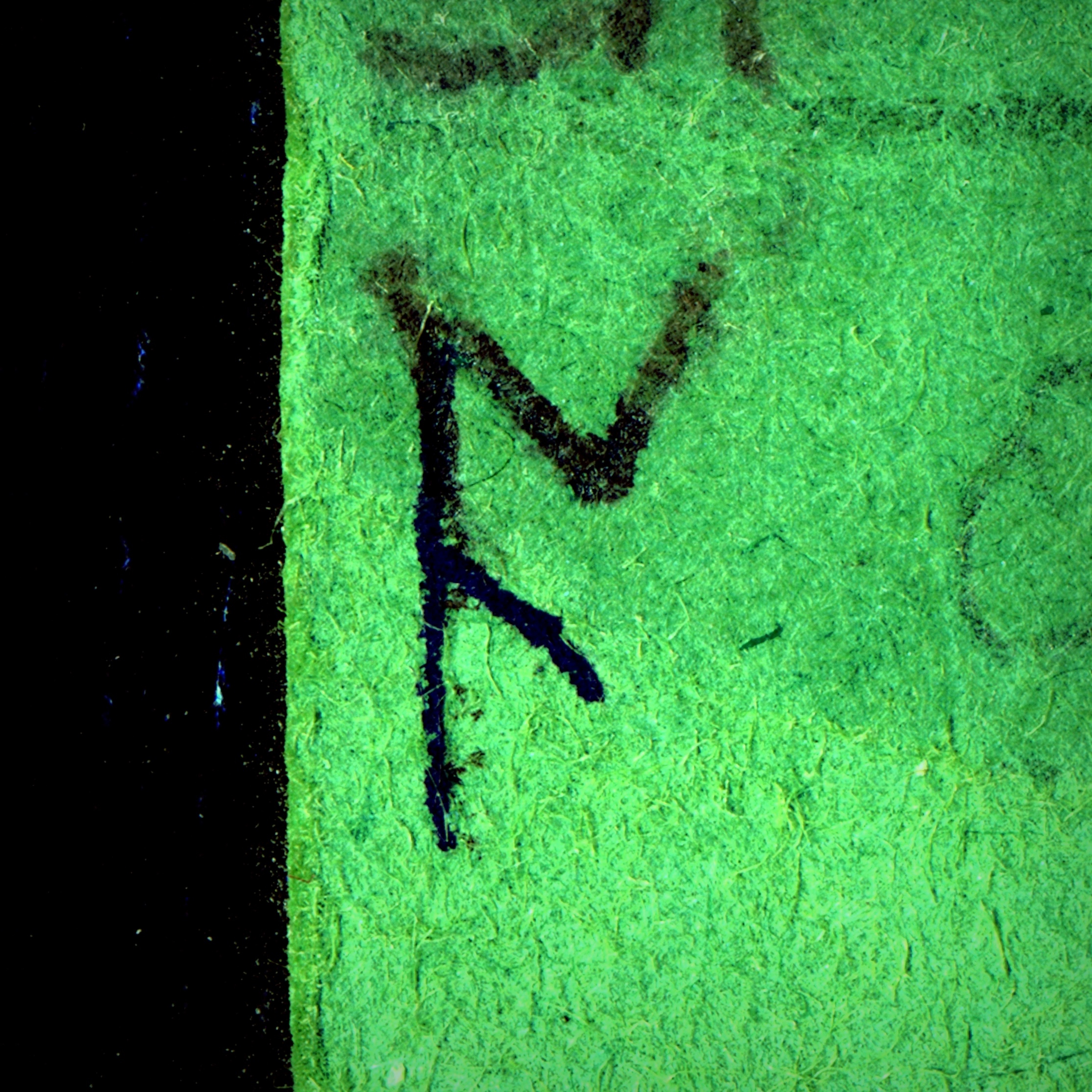 In the Old English Rune Poem the letter A means oak. This was the
In the Old English Rune Poem the letter A means oak. This was the 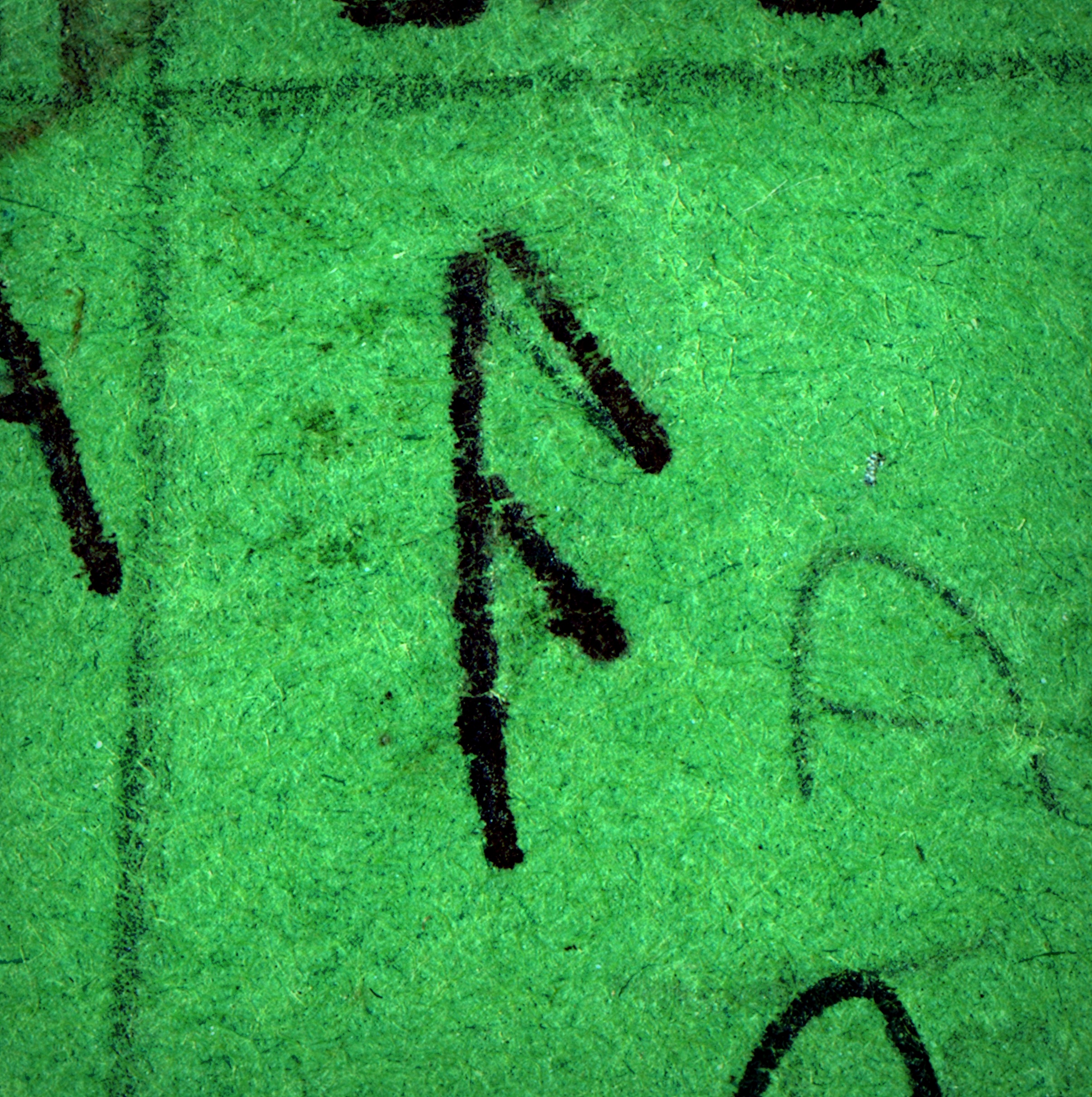 The
The 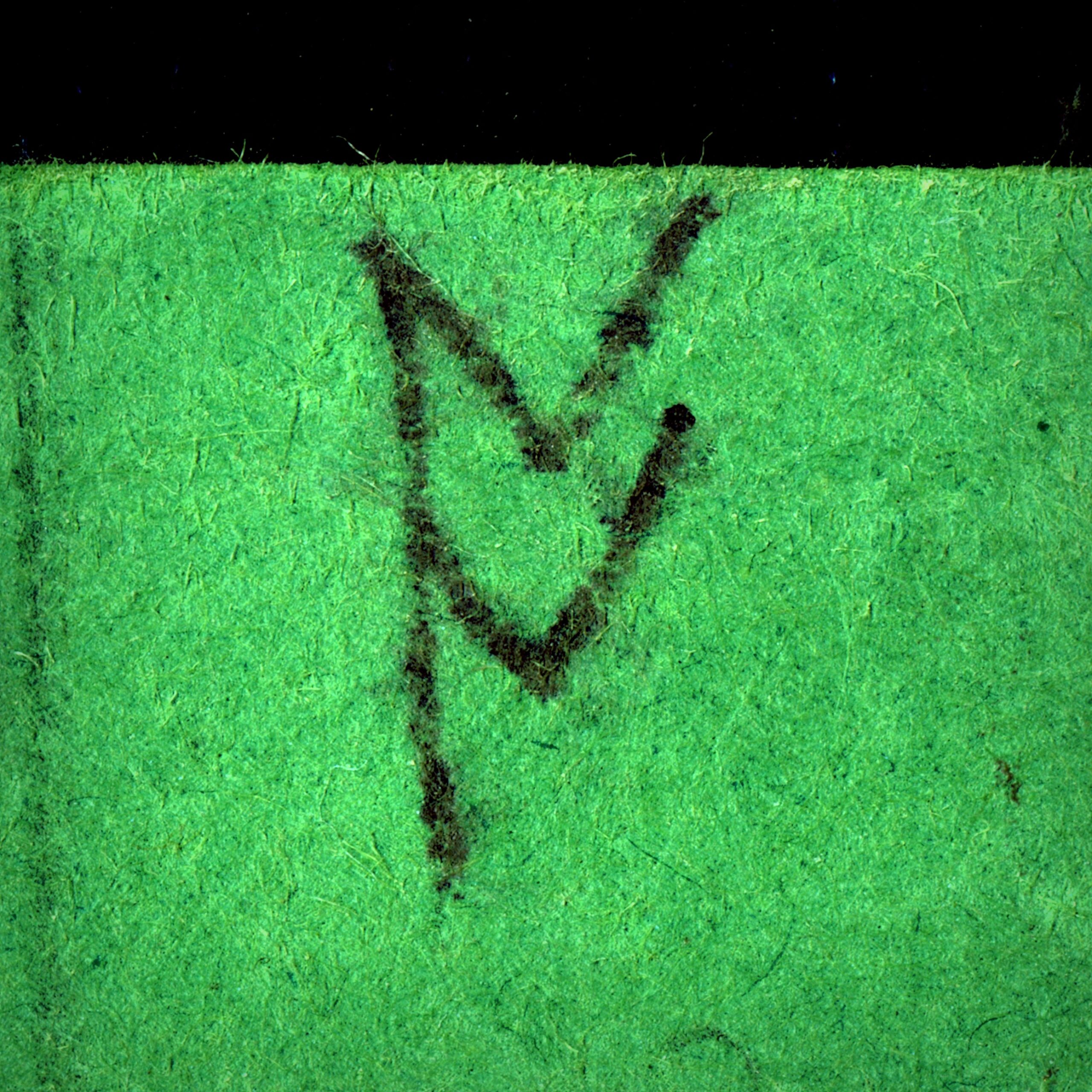
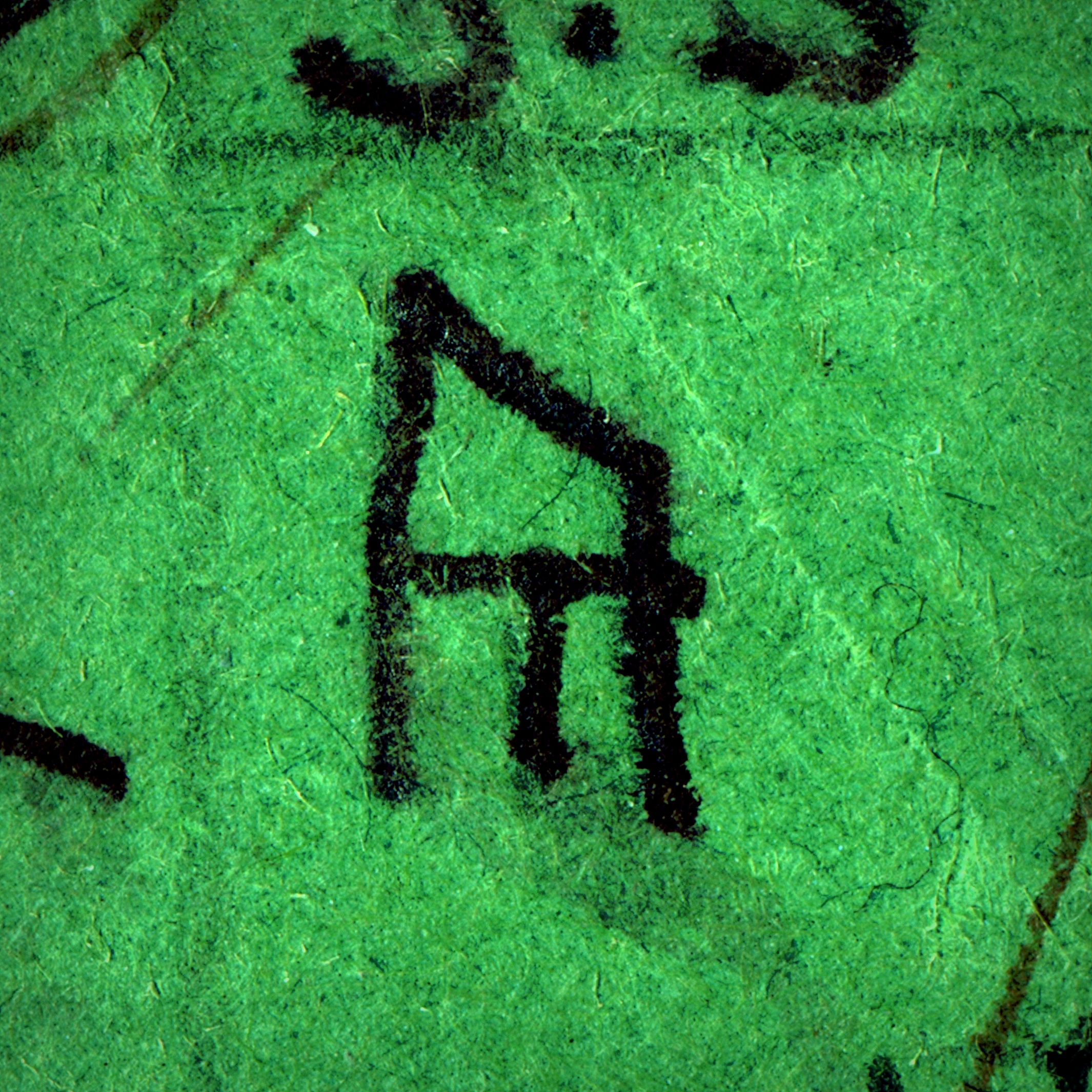 Say something. Go ahead, you heard me, say it and listen to yourself. Now say it about a hundred years ago. Hear it? You can hear it. Different. Speech sounds change. Accents change. You’ve changed. You think you sound the same but go back home after some distance and they’ll tell you different. And they’ll tell it to you differently. English has changed, big time, my God it’s different. It’s old. It’s medieval. Let’s think of a famous medieval person, to see how old. Somebody with a real mark of distinction. Dante. Dante Aligheri. He finished writing the Divine Comedy in 1320. He’s really really old, hundreds of years. Think of this, in this current moment we are closer in years to Dante than he was to the start of Old English. And from the Rune Poem to us he’s
Say something. Go ahead, you heard me, say it and listen to yourself. Now say it about a hundred years ago. Hear it? You can hear it. Different. Speech sounds change. Accents change. You’ve changed. You think you sound the same but go back home after some distance and they’ll tell you different. And they’ll tell it to you differently. English has changed, big time, my God it’s different. It’s old. It’s medieval. Let’s think of a famous medieval person, to see how old. Somebody with a real mark of distinction. Dante. Dante Aligheri. He finished writing the Divine Comedy in 1320. He’s really really old, hundreds of years. Think of this, in this current moment we are closer in years to Dante than he was to the start of Old English. And from the Rune Poem to us he’s 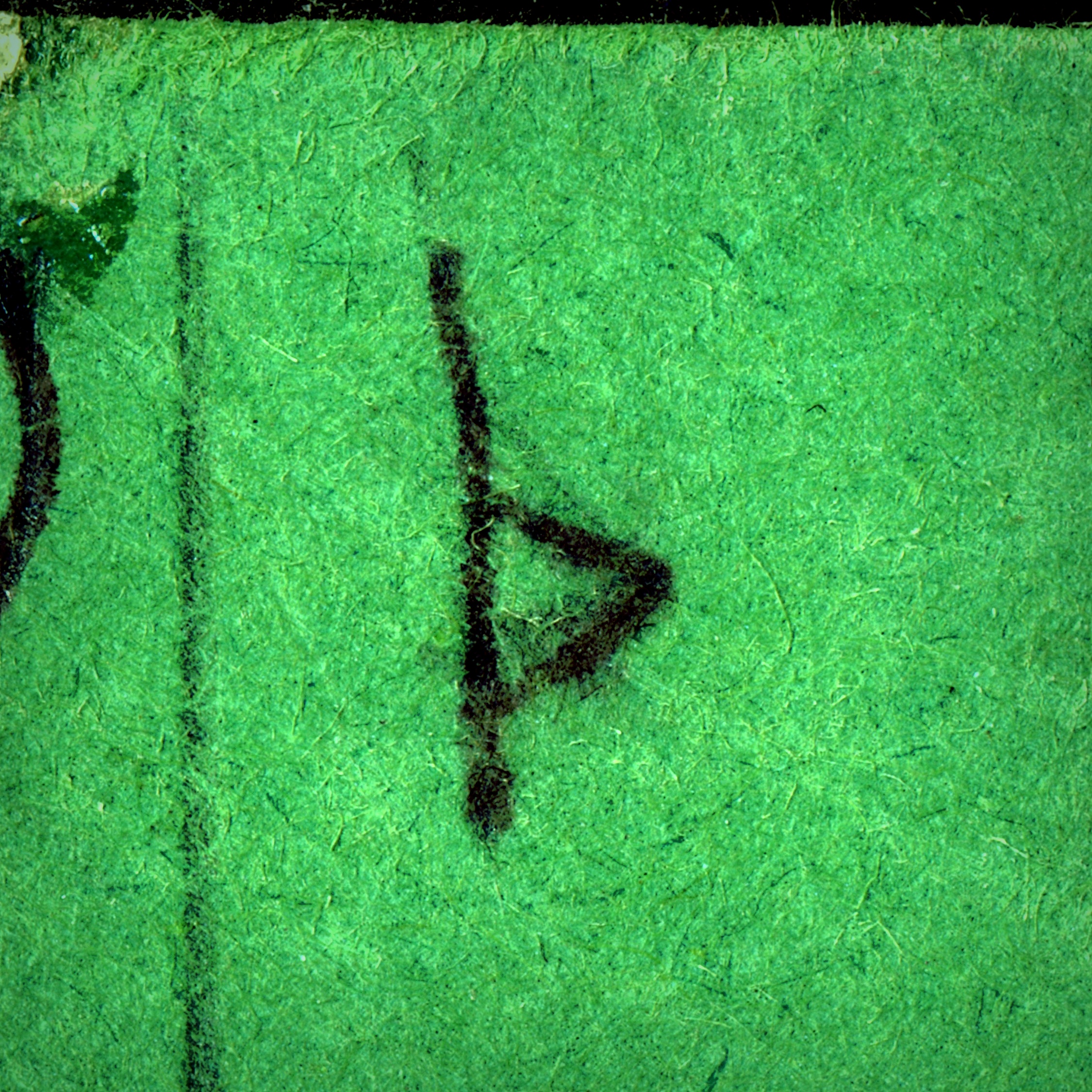 Thorn survived for ages. That kind of longevity in a dead letter deserves
Thorn survived for ages. That kind of longevity in a dead letter deserves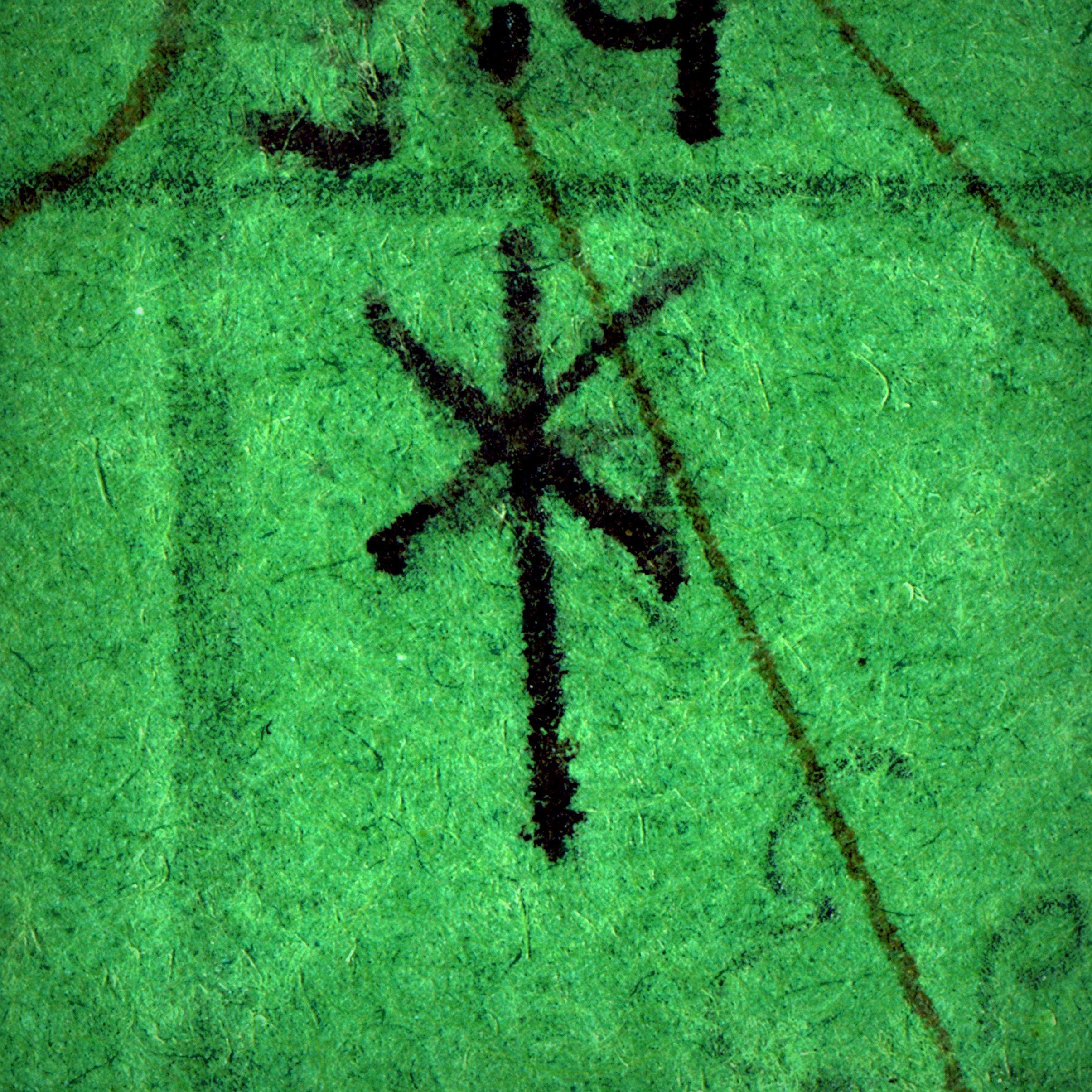 IO:
IO: 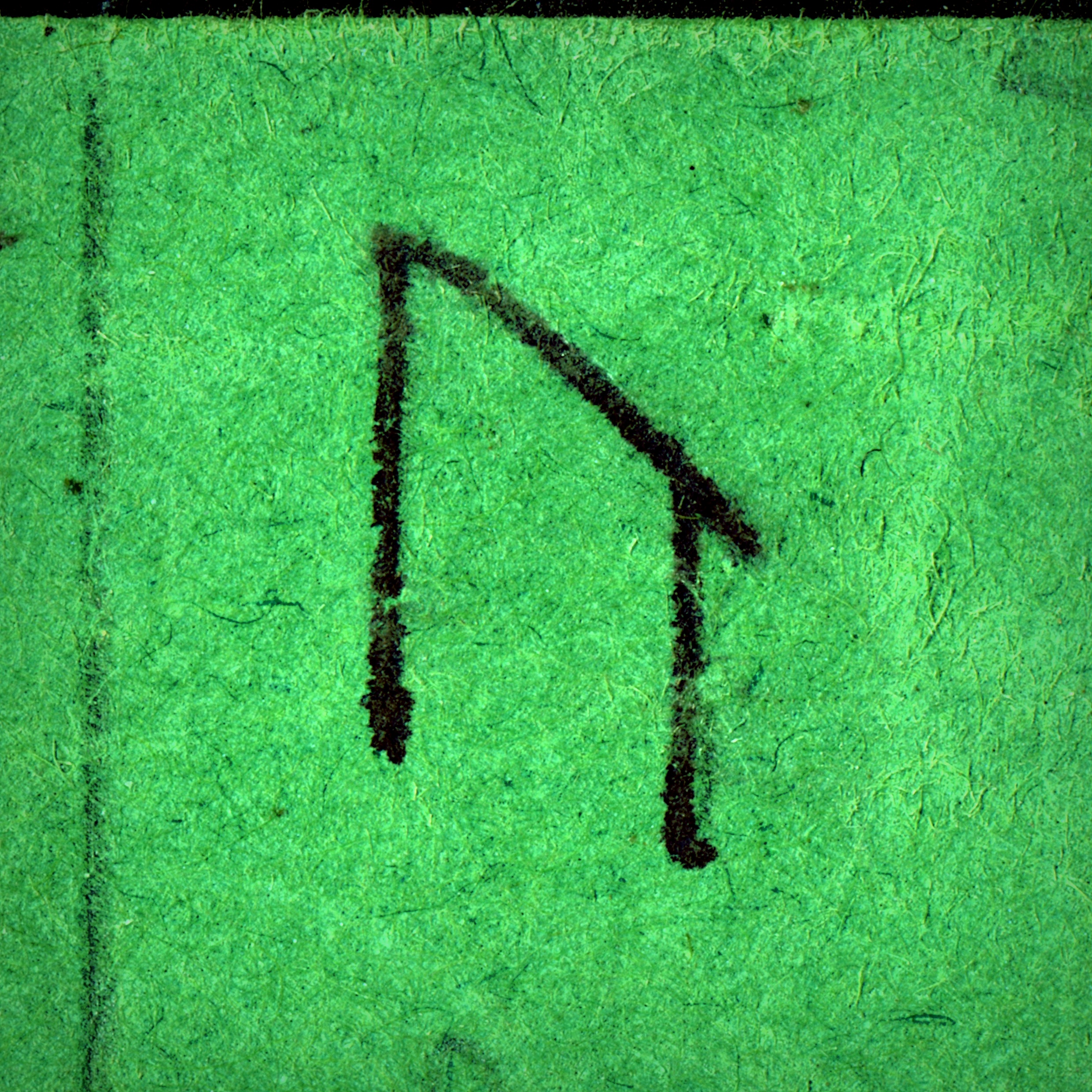 Send air through your larynx without stopping it. Let it pass freely. Let it through, some things you just have to let go. That’s a vowel. Stop the air with your throat or mouth, it’s a consonant.
Send air through your larynx without stopping it. Let it pass freely. Let it through, some things you just have to let go. That’s a vowel. Stop the air with your throat or mouth, it’s a consonant.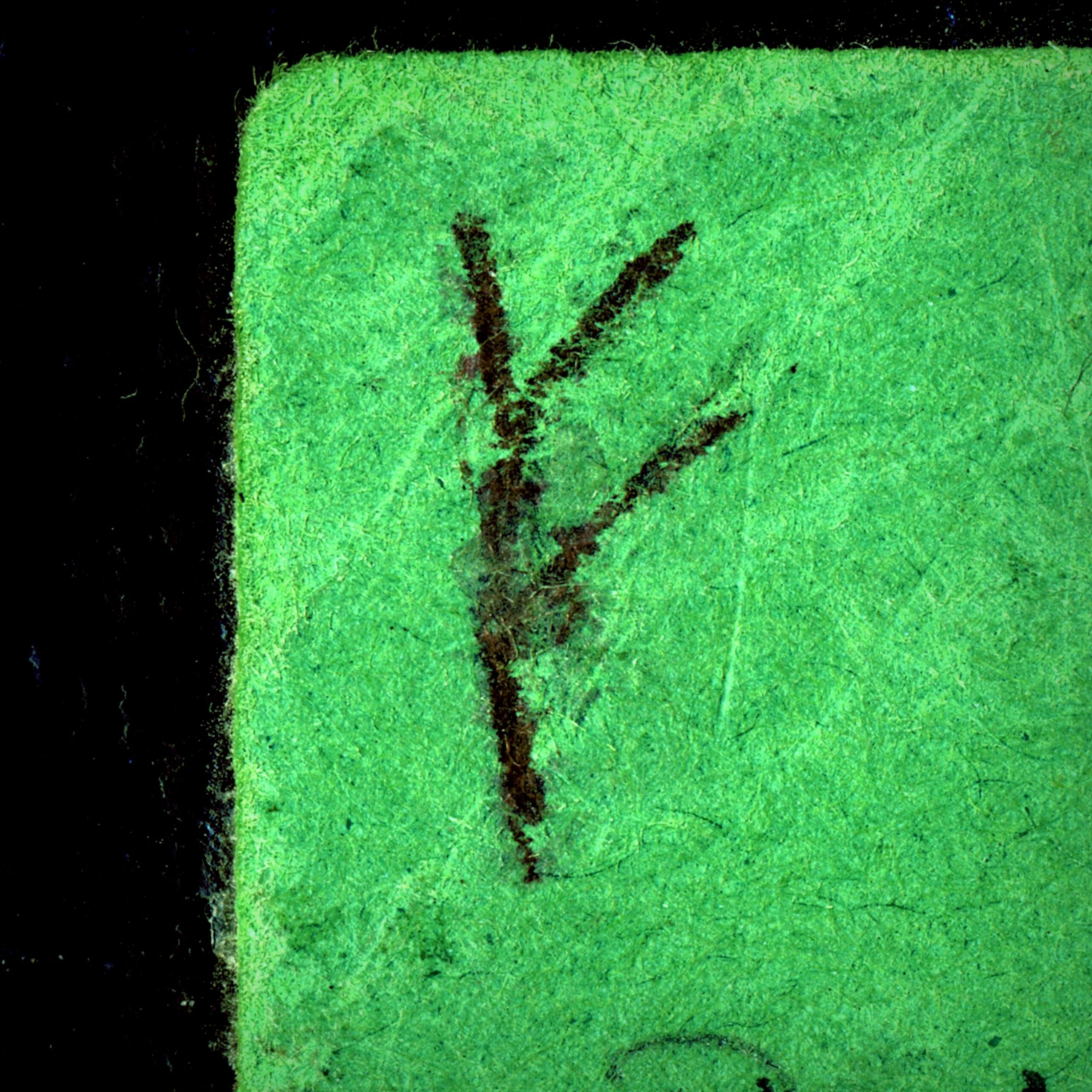 Lips to teeth, expel air, use force. Ef. Efv. Old English has no V: an F between two vowels is a V. Efen. Even. Efern. eVern. Electronic Vern.
Lips to teeth, expel air, use force. Ef. Efv. Old English has no V: an F between two vowels is a V. Efen. Even. Efern. eVern. Electronic Vern.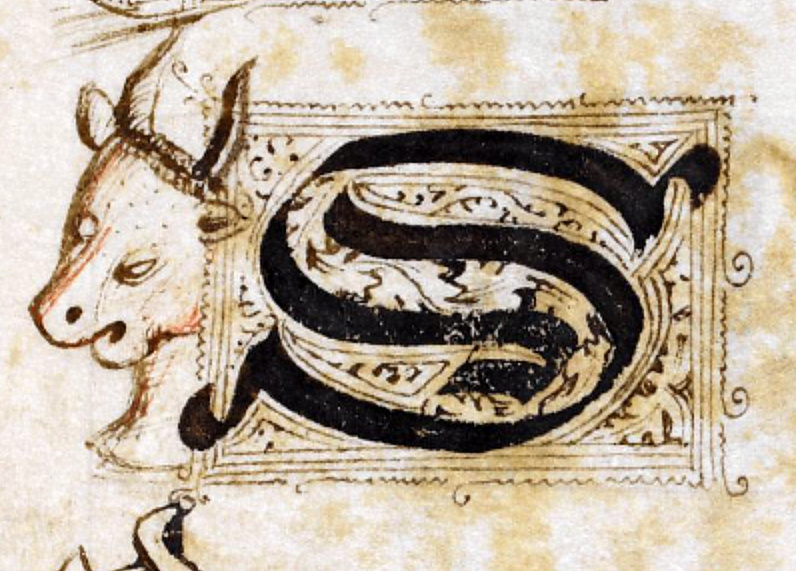
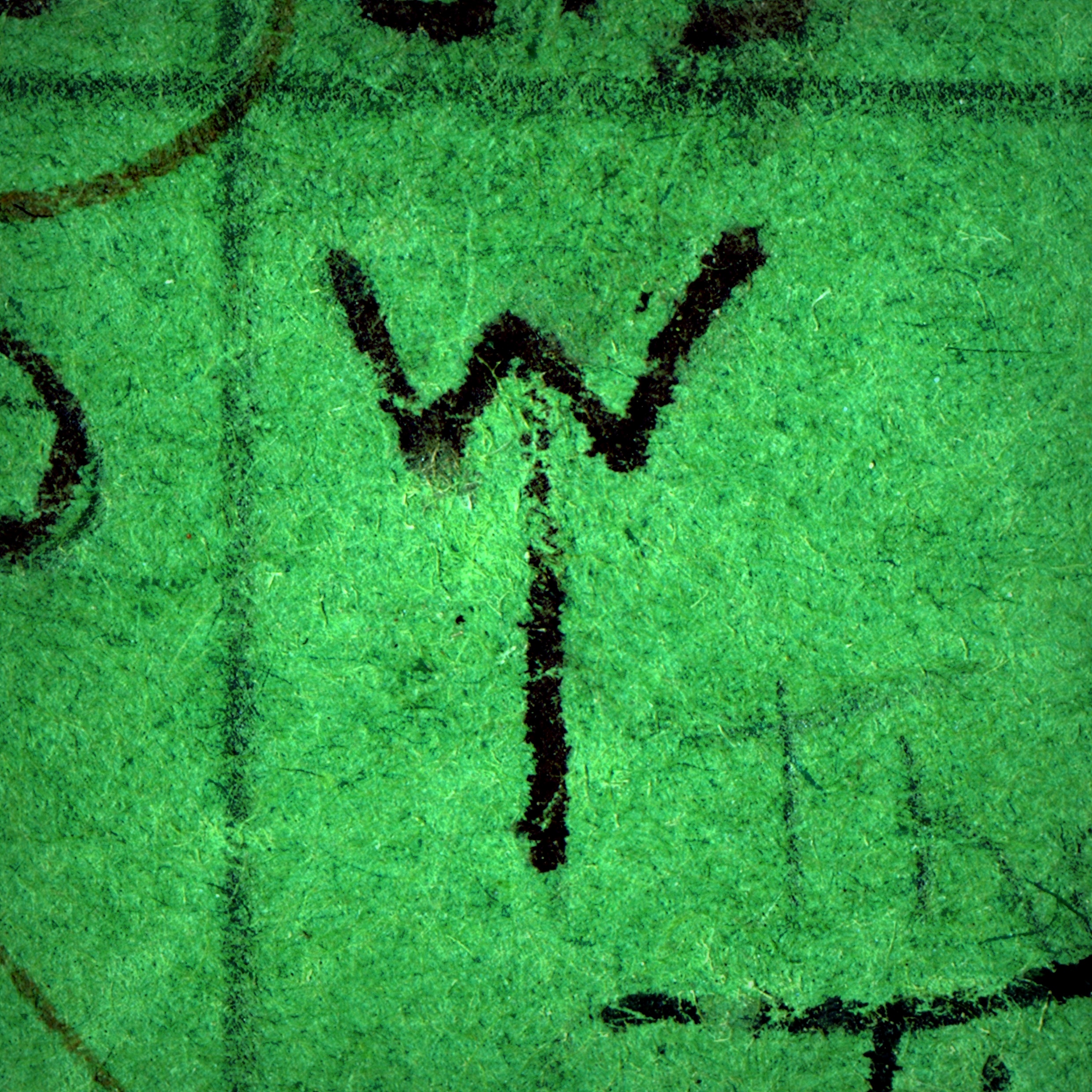 EA. Diphthong: a compound vowel. This one is deceased, we don’t use it any more. What did EA sound like? Maybe like EO, maybe like AU, emphasis on the E or the A because all Old English
EA. Diphthong: a compound vowel. This one is deceased, we don’t use it any more. What did EA sound like? Maybe like EO, maybe like AU, emphasis on the E or the A because all Old English 
